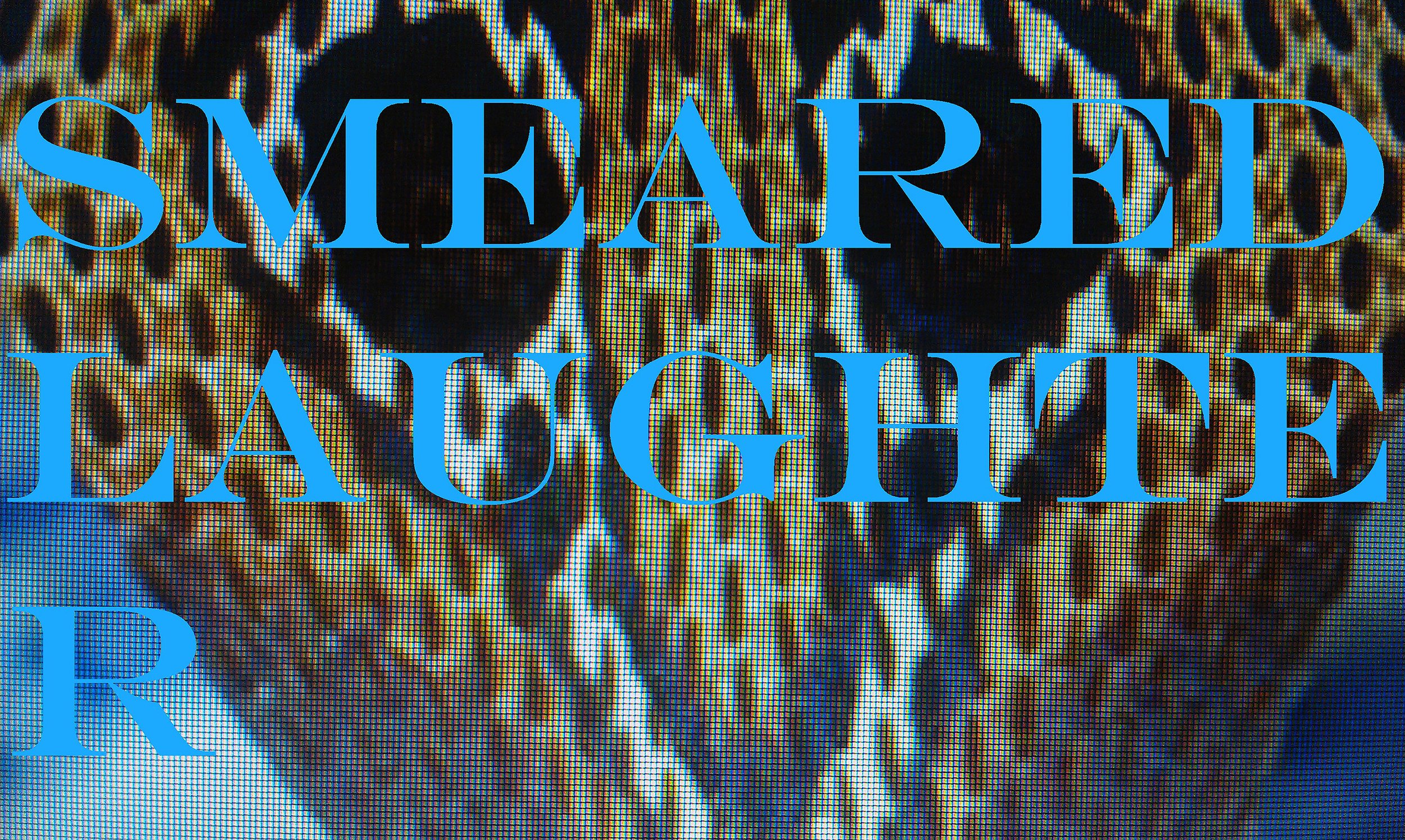
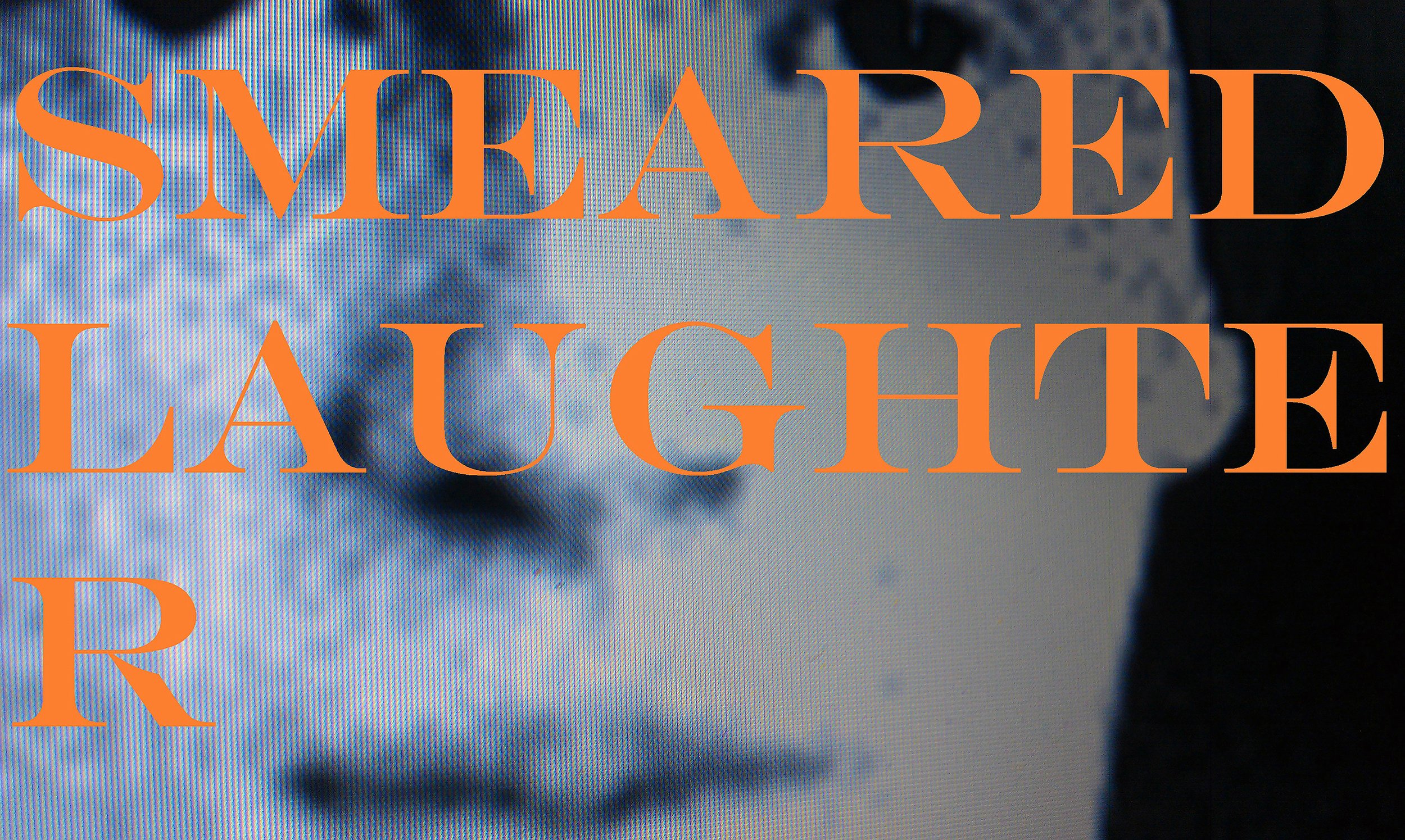
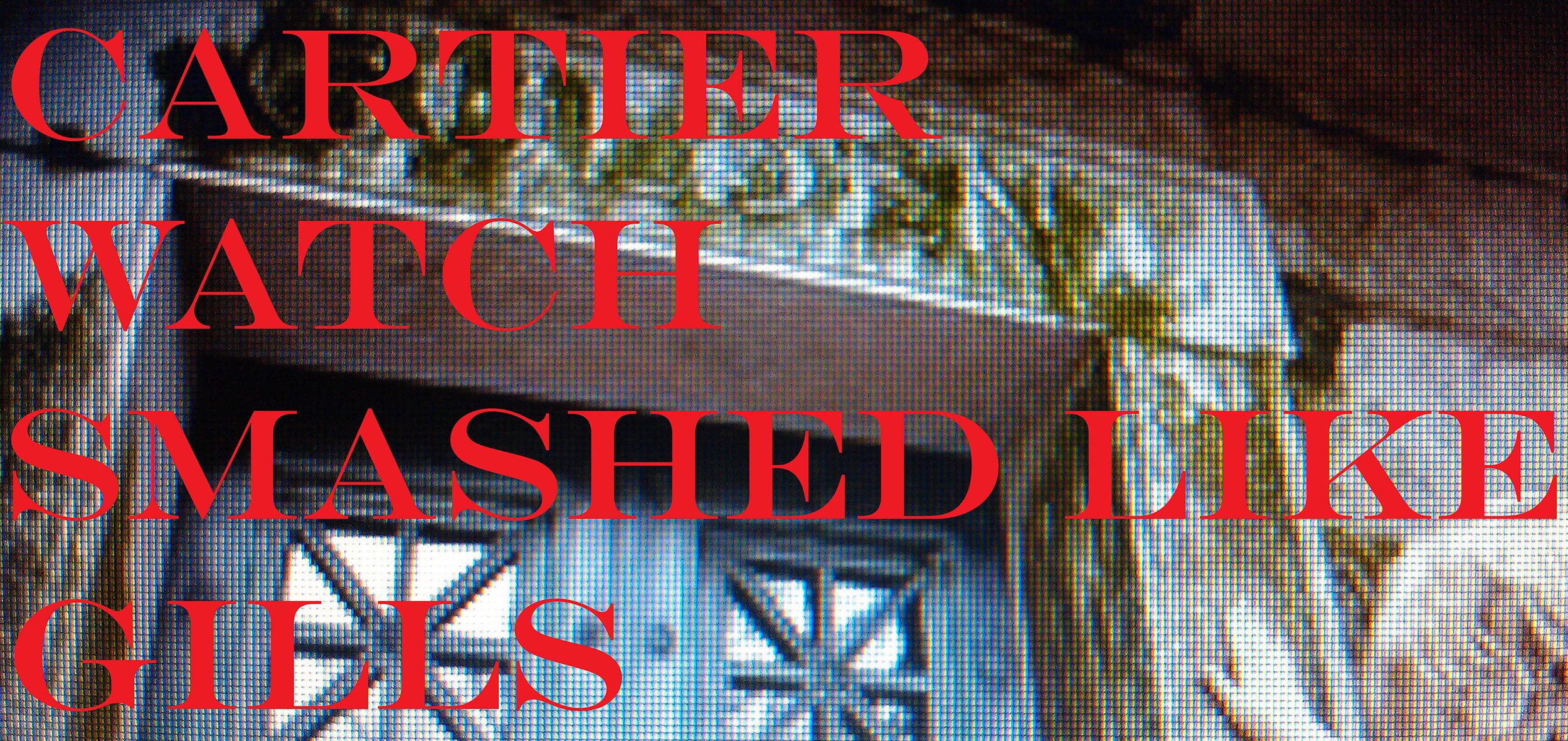
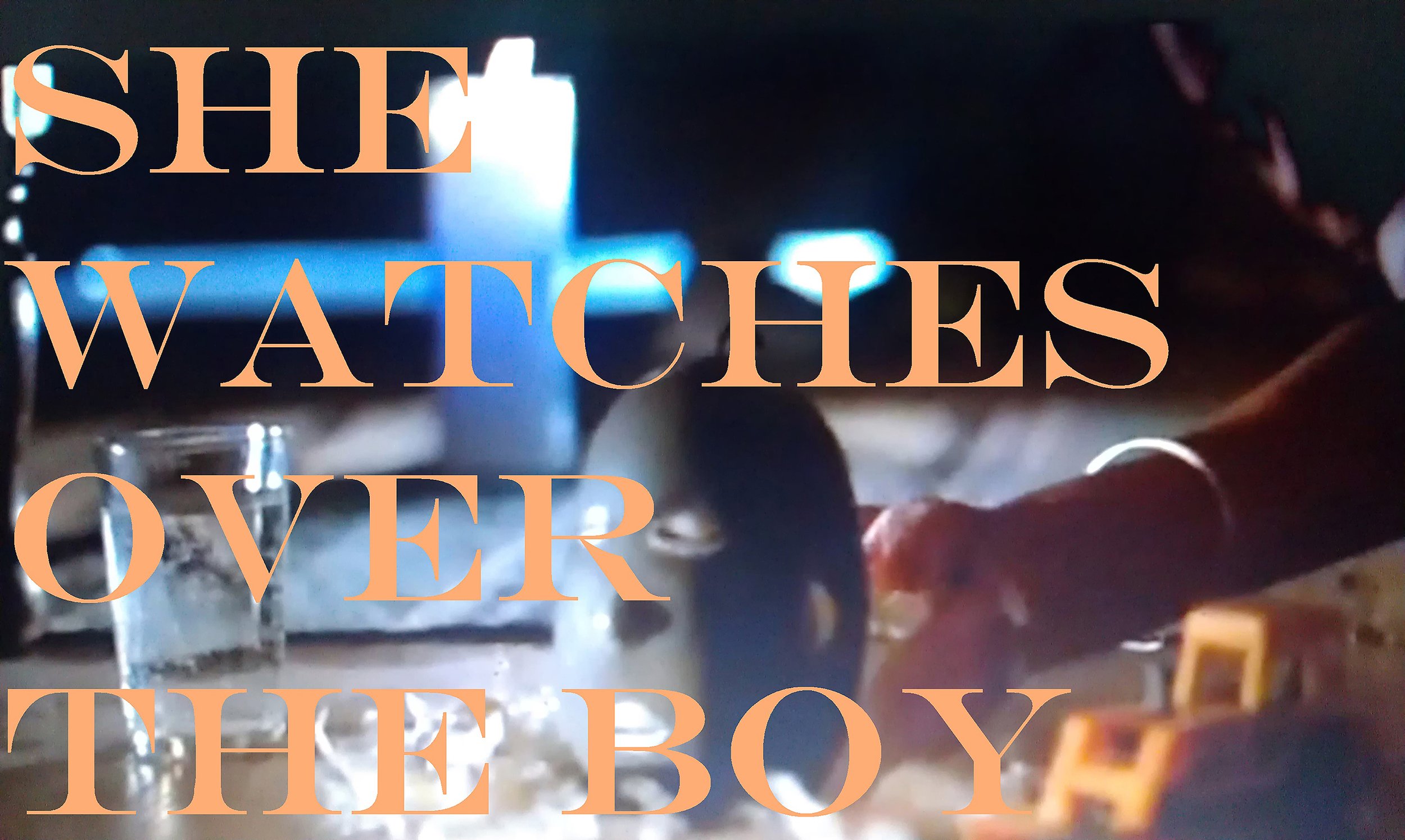

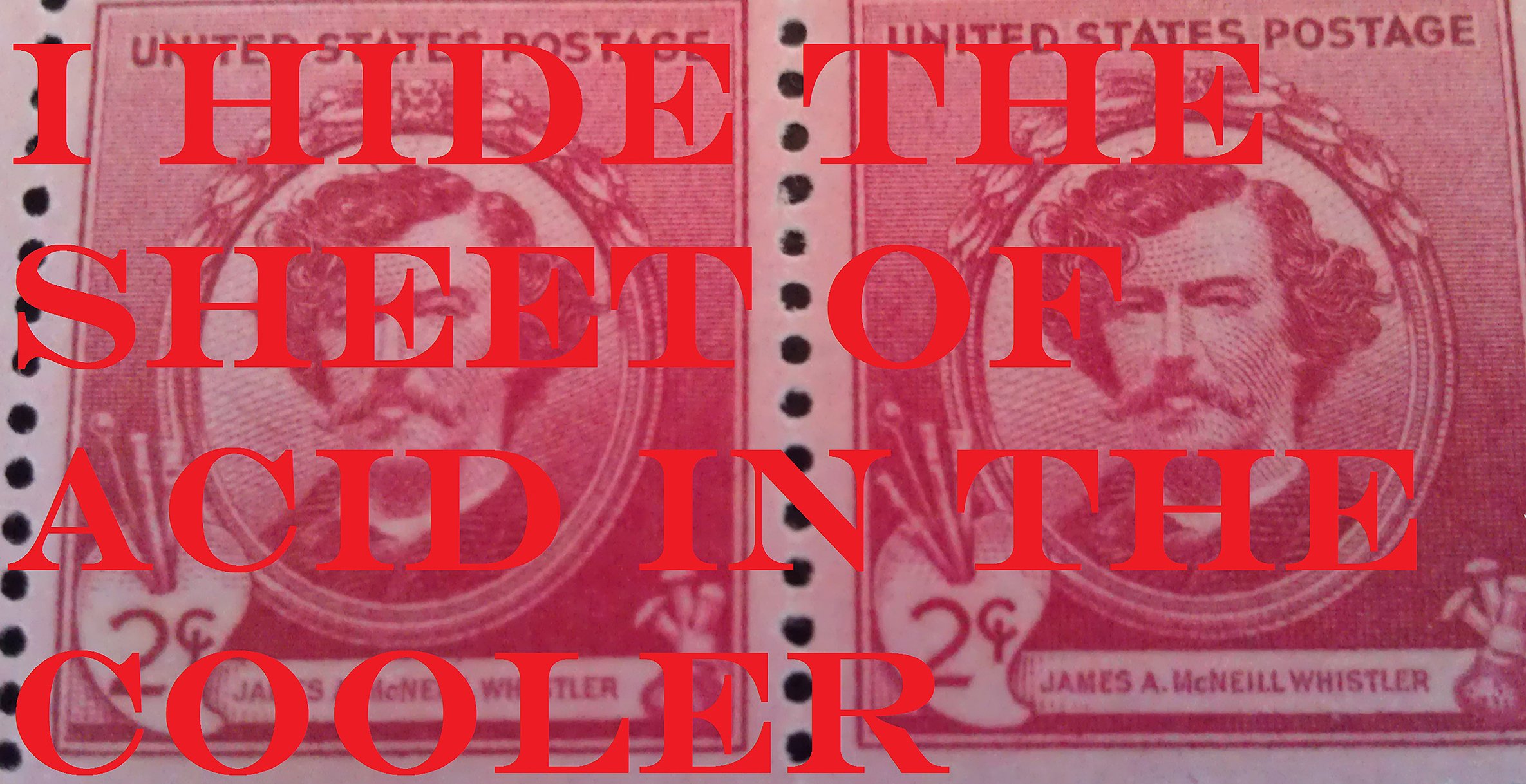
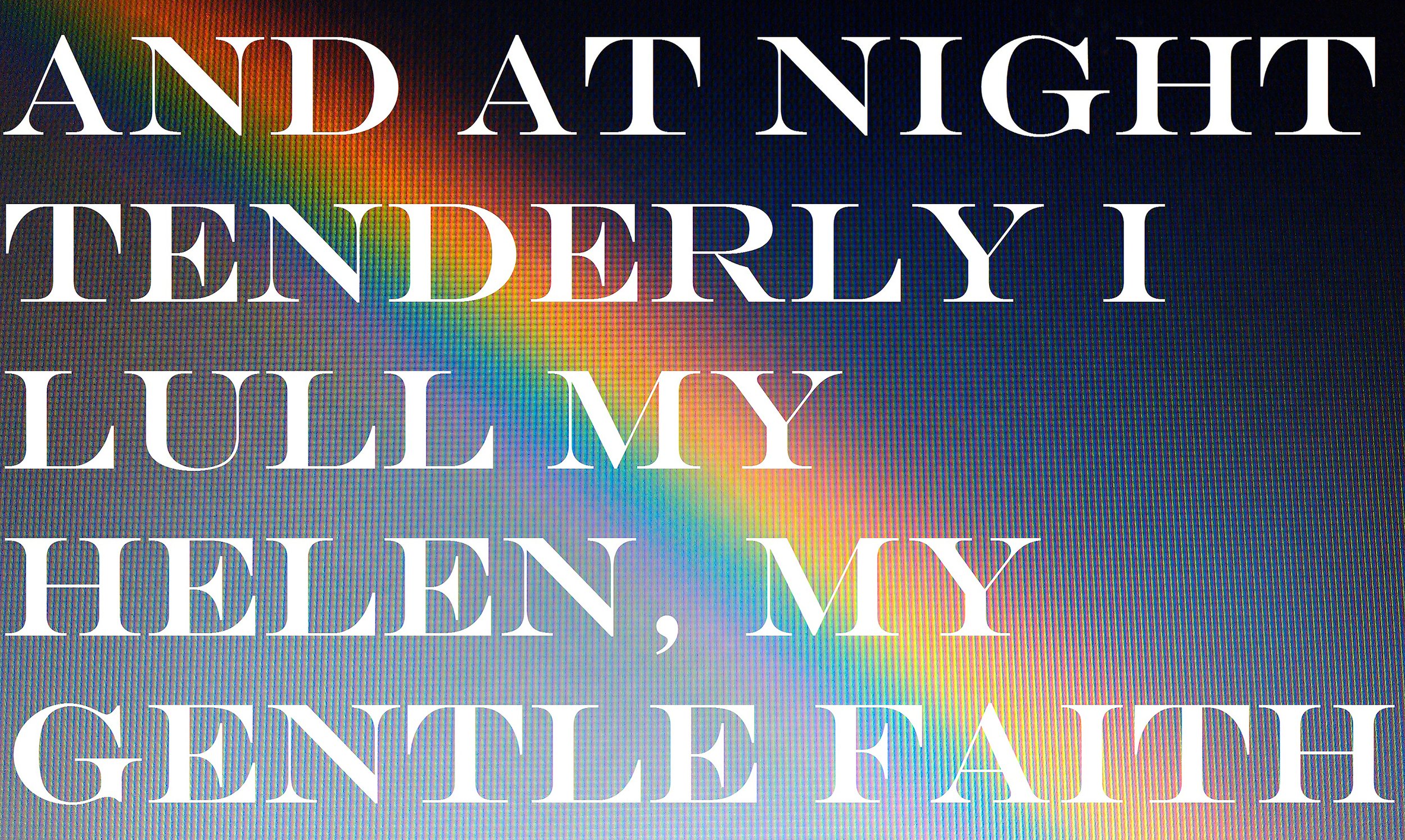
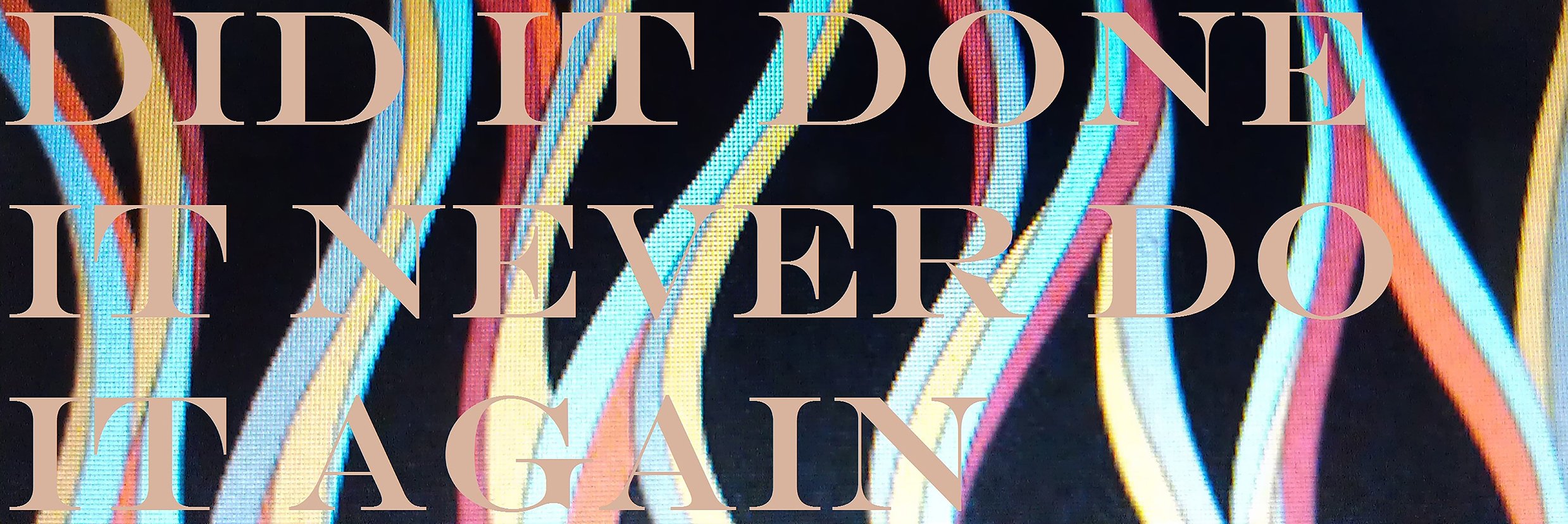
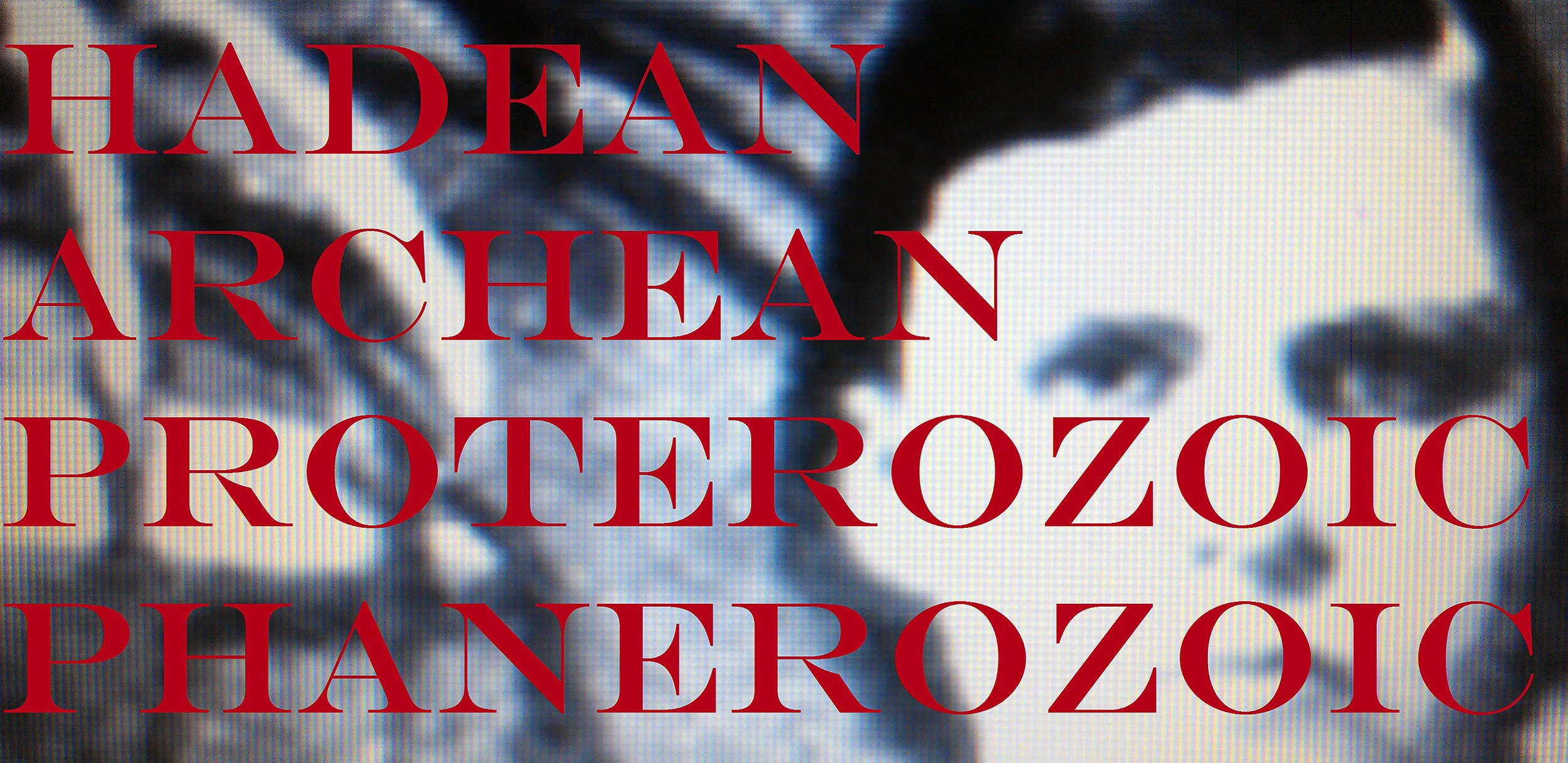
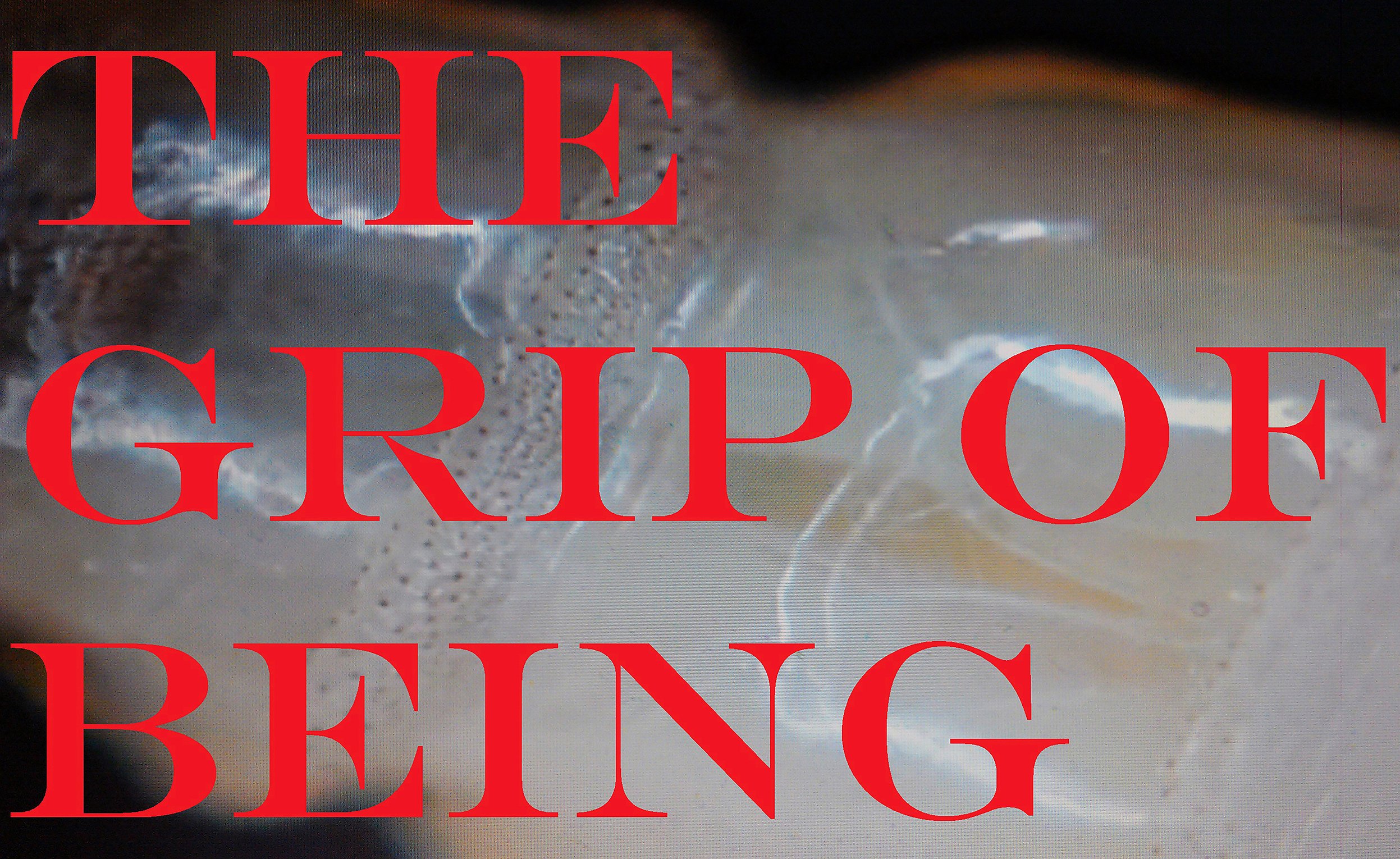
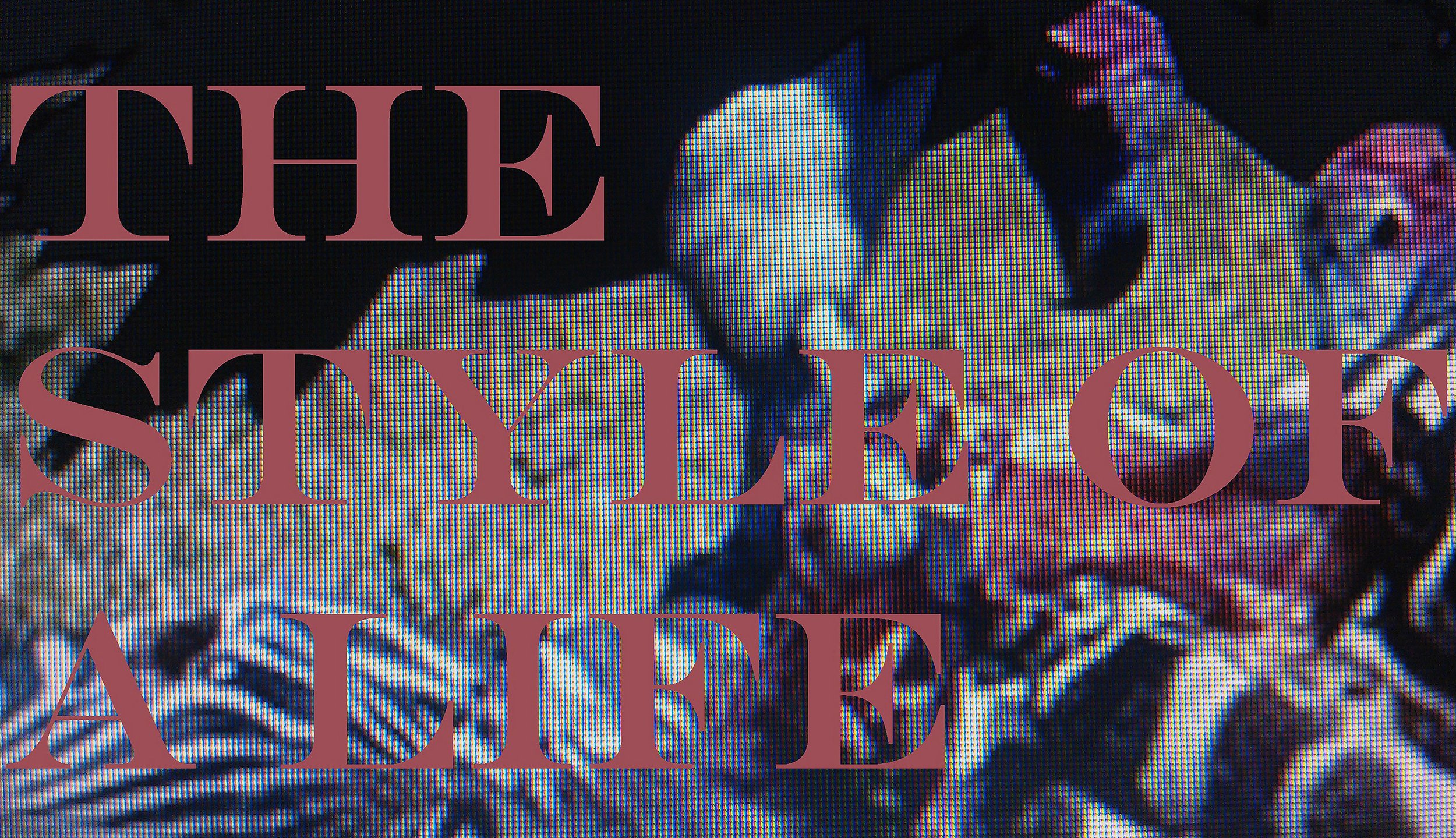
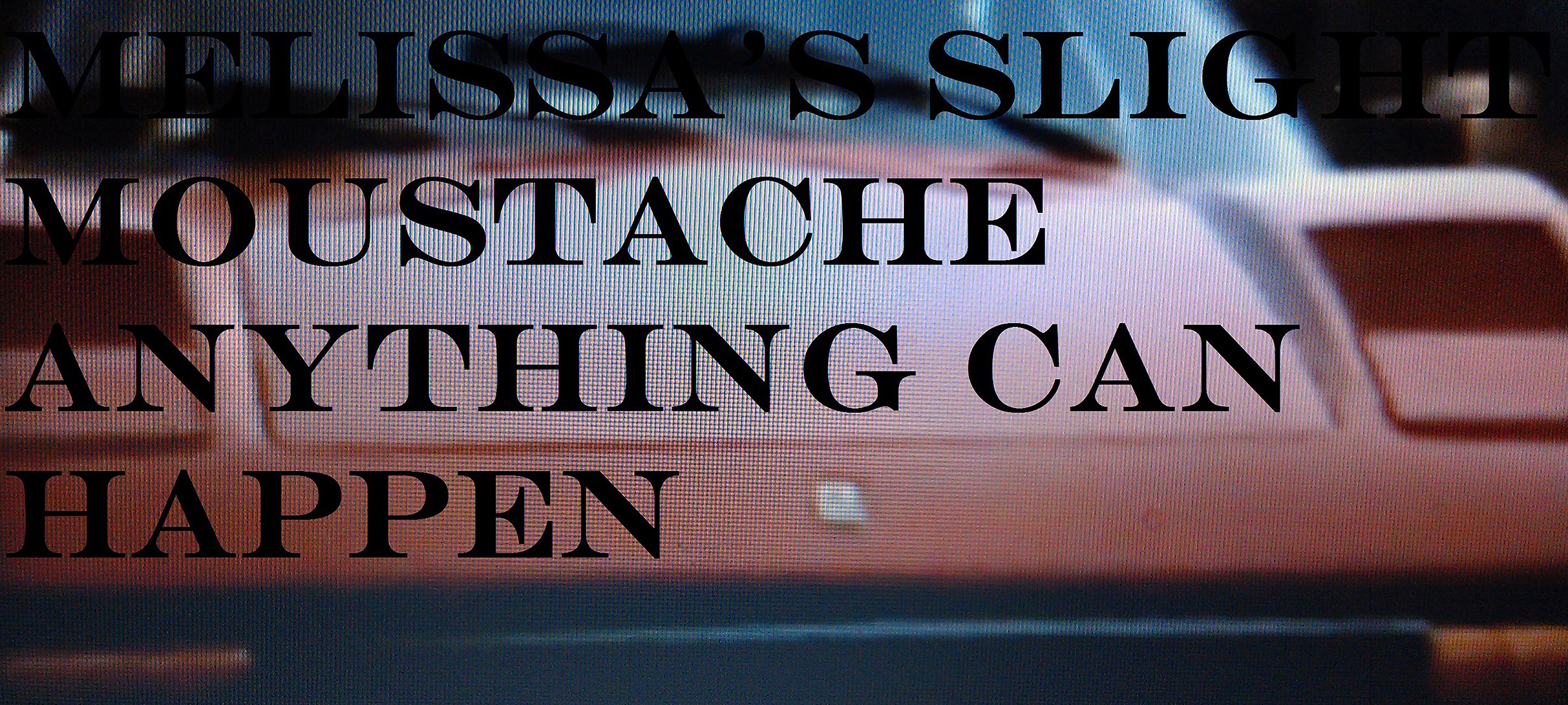
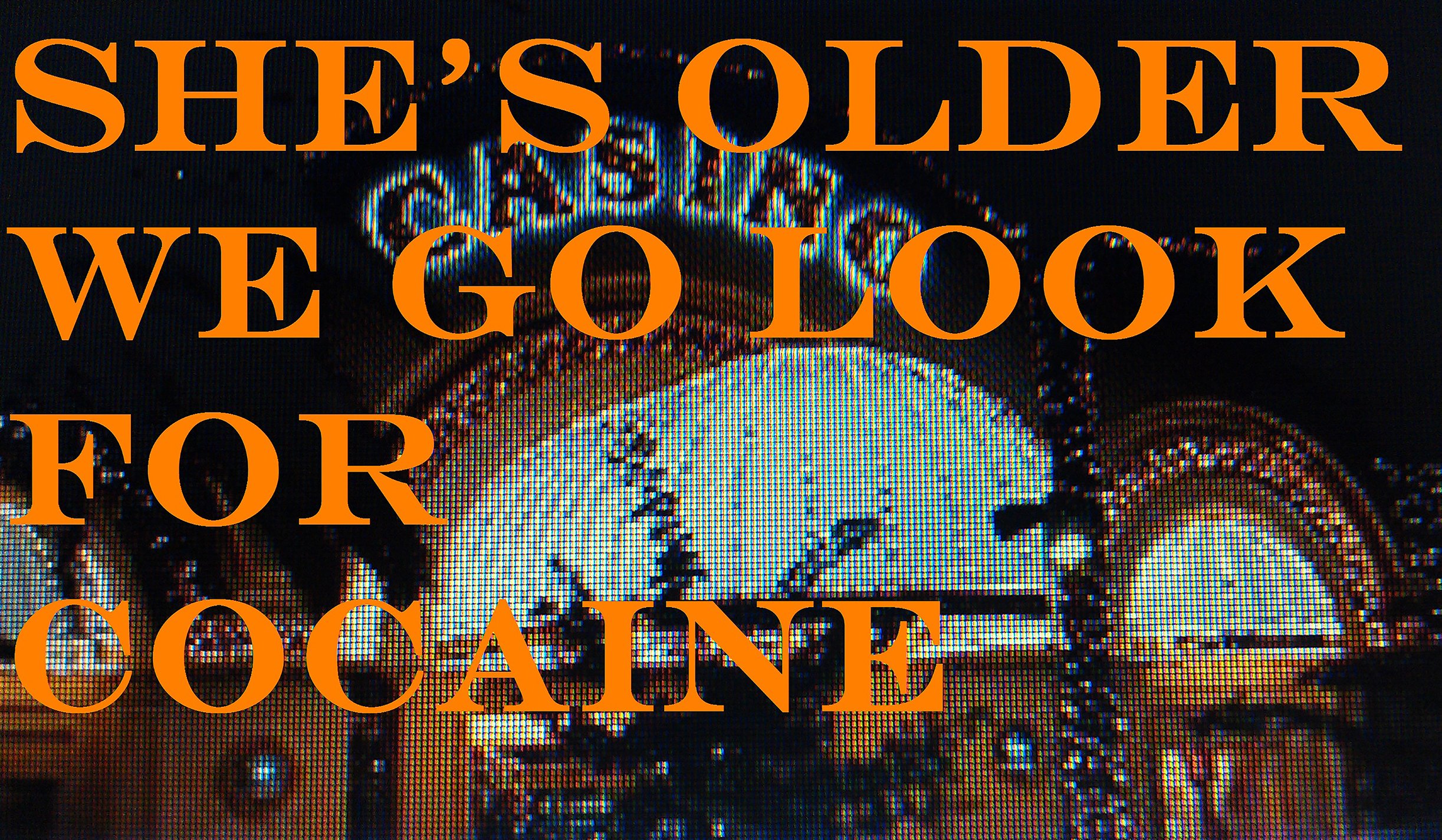

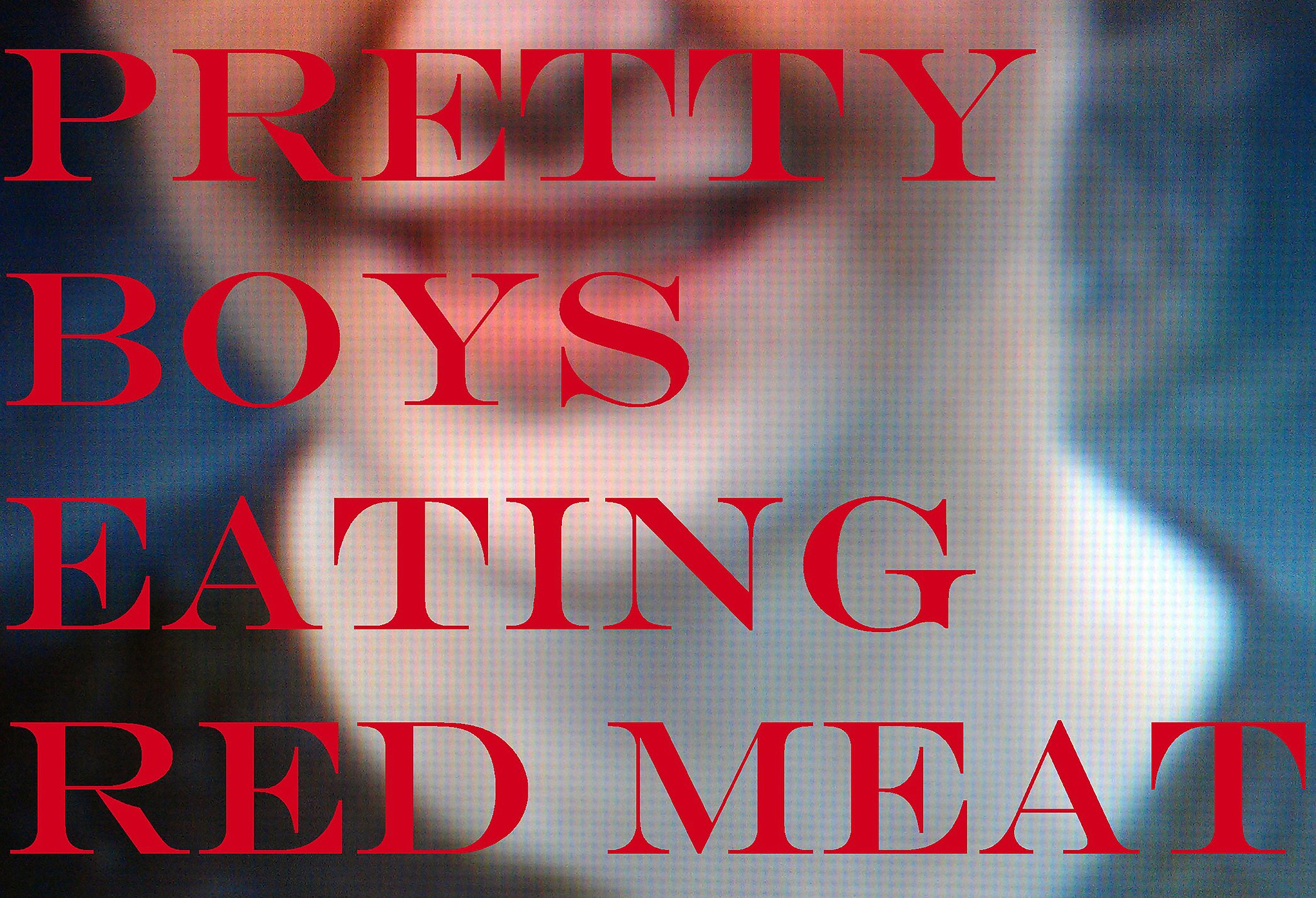
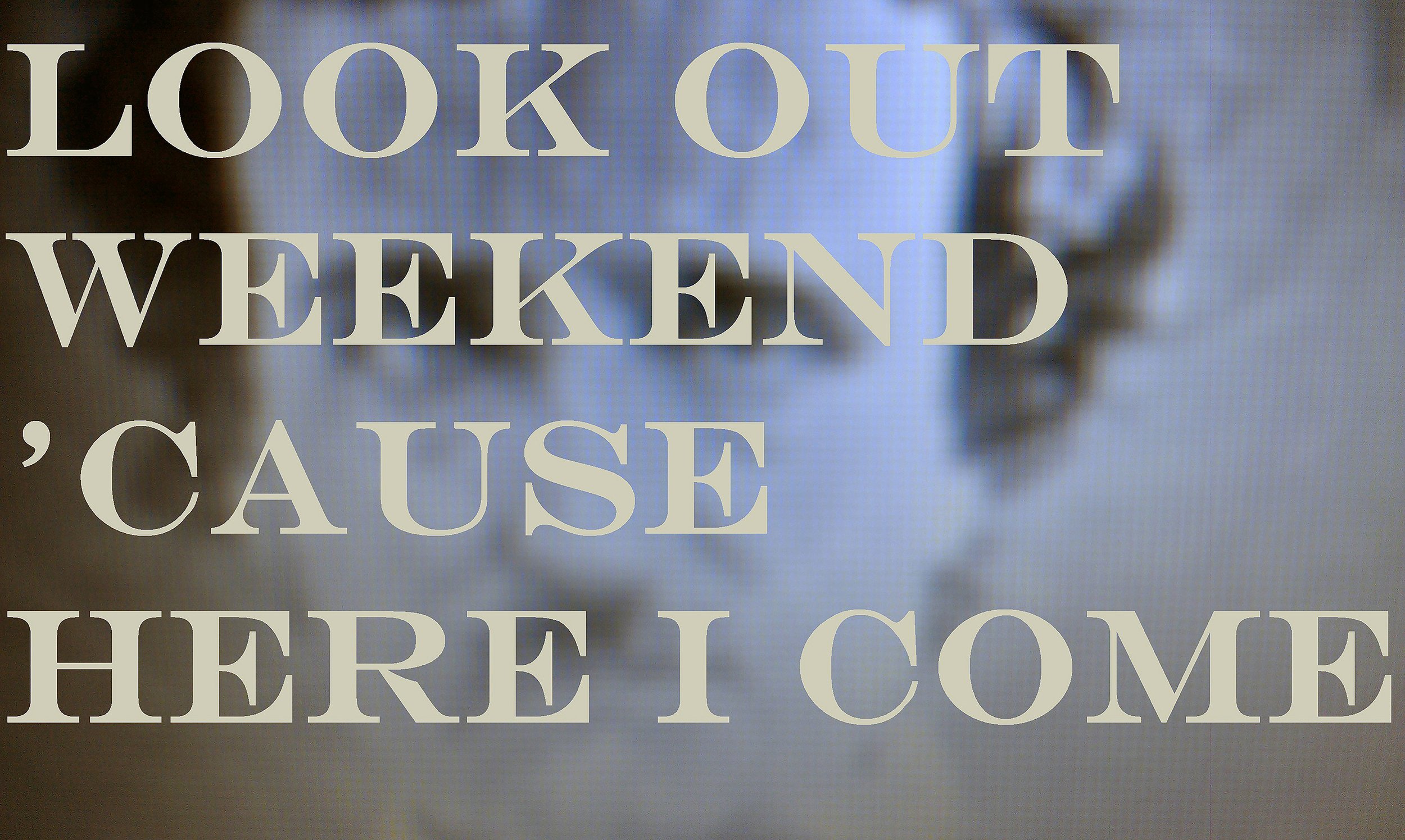
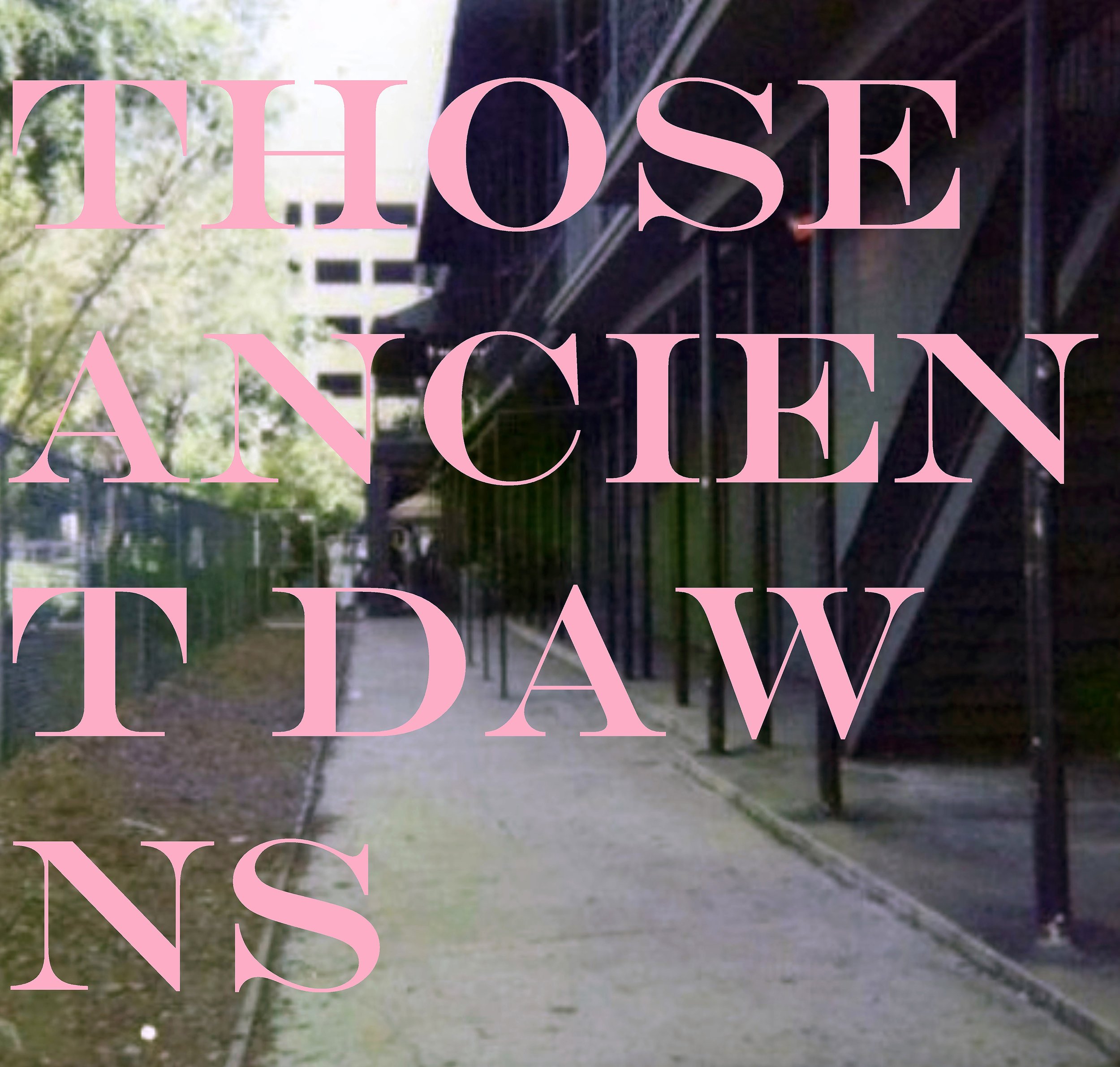
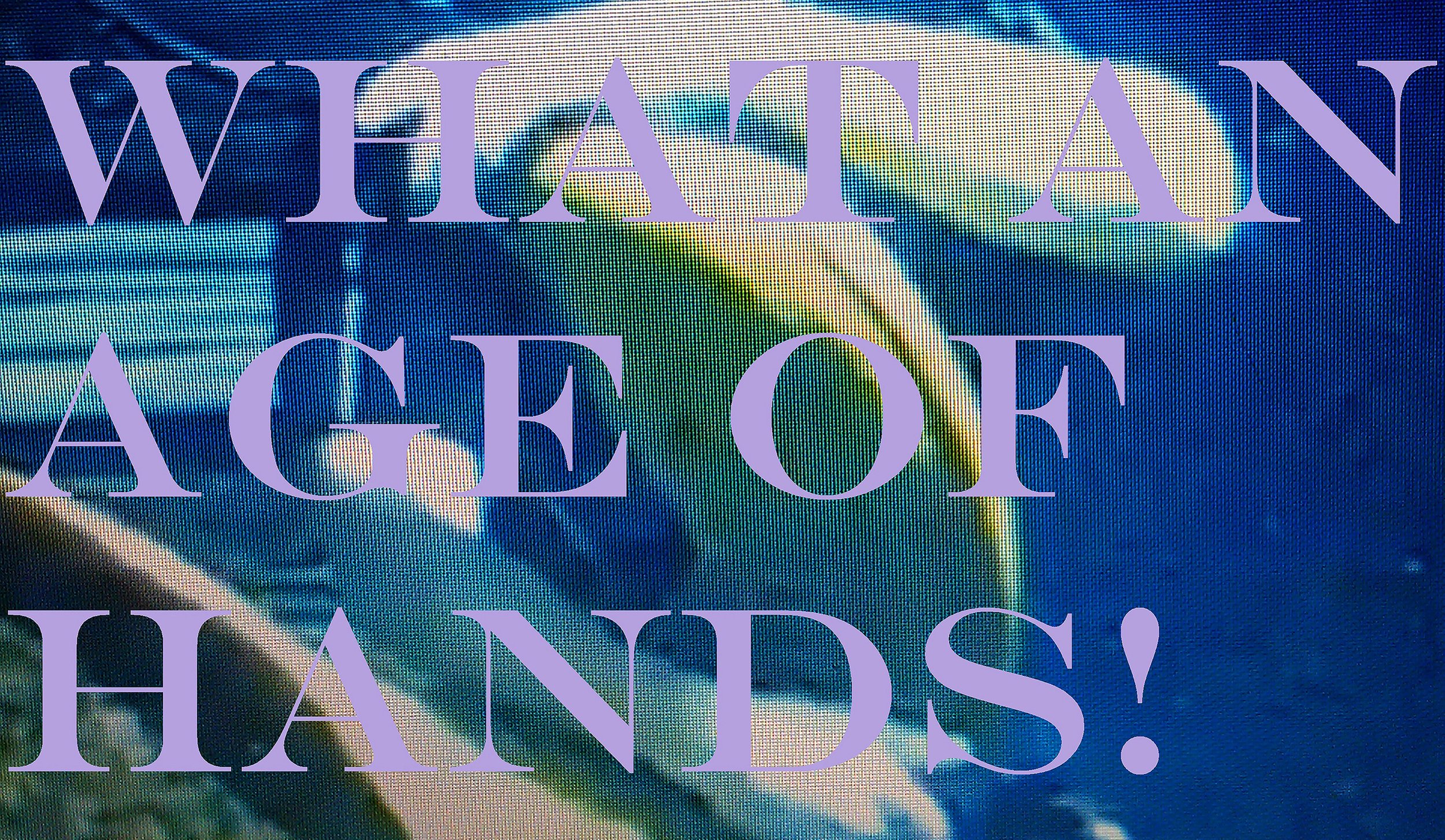
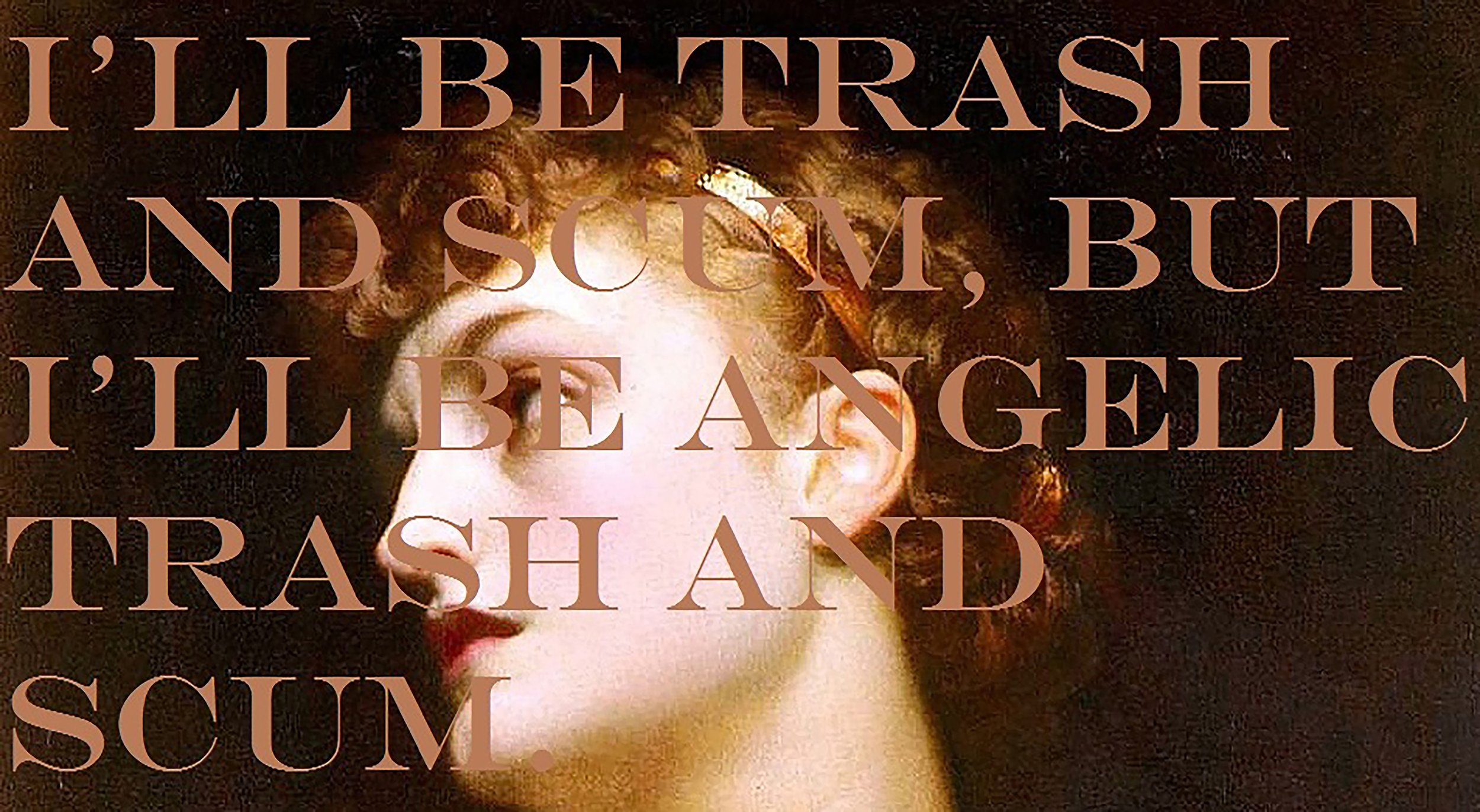
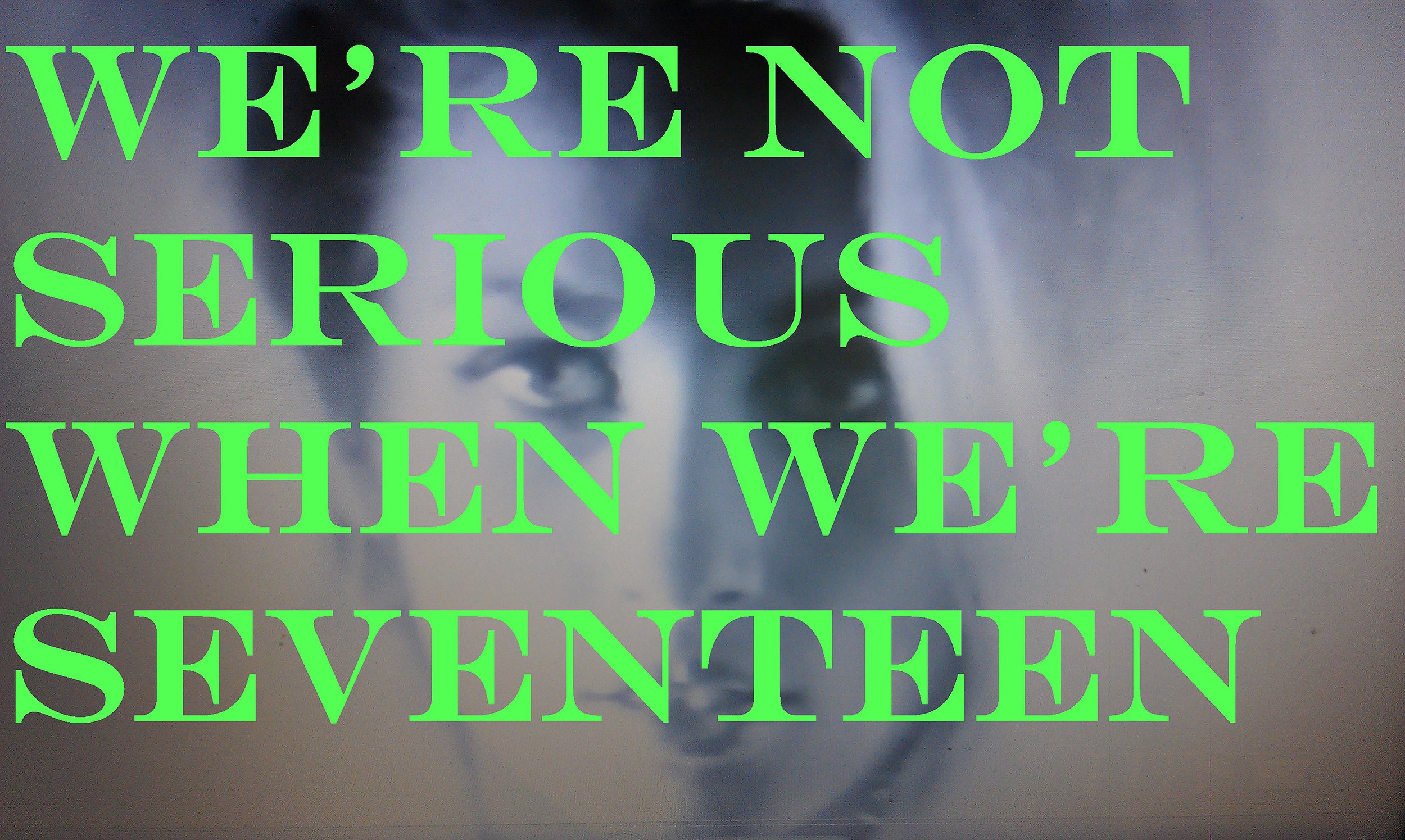

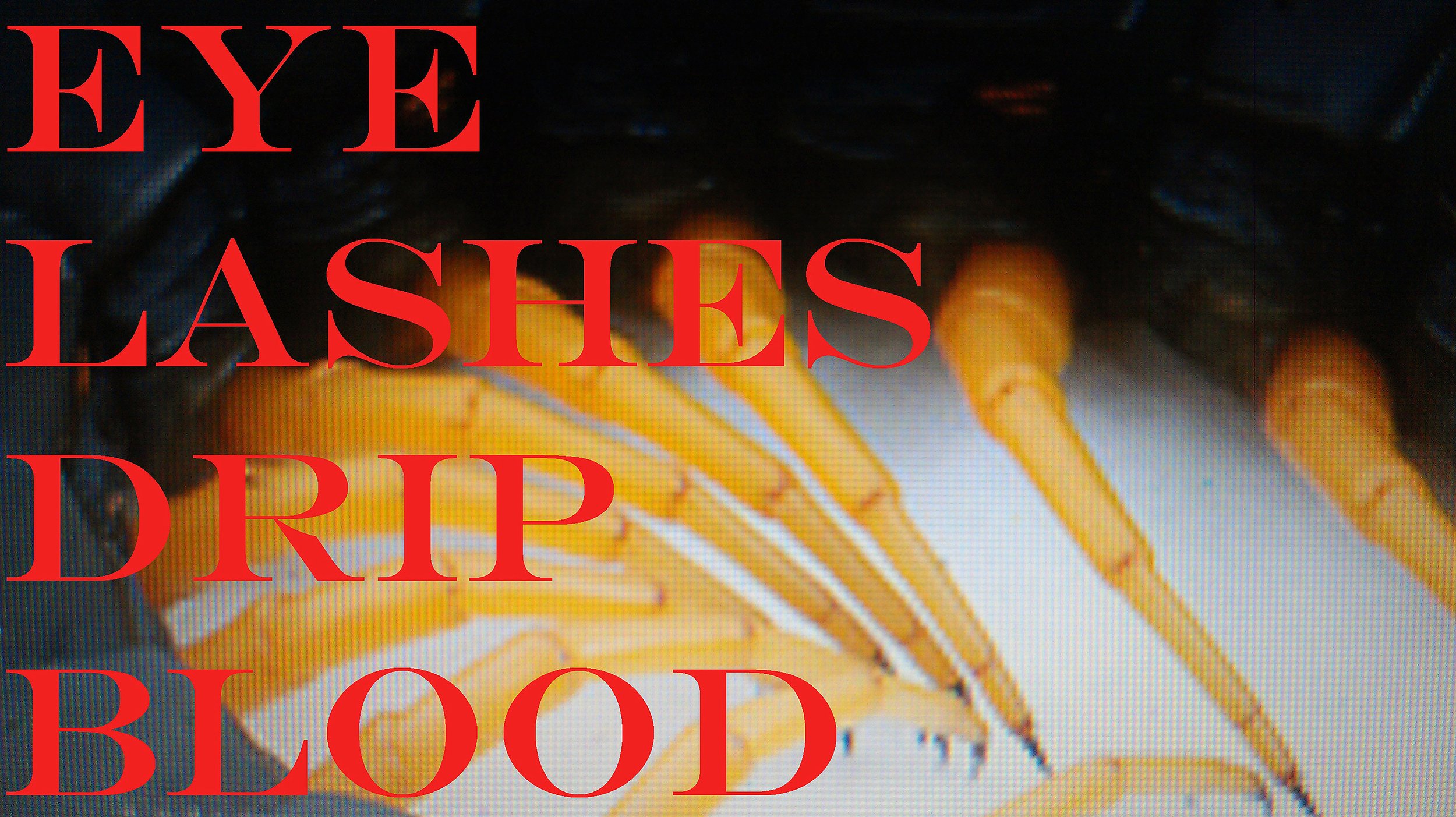
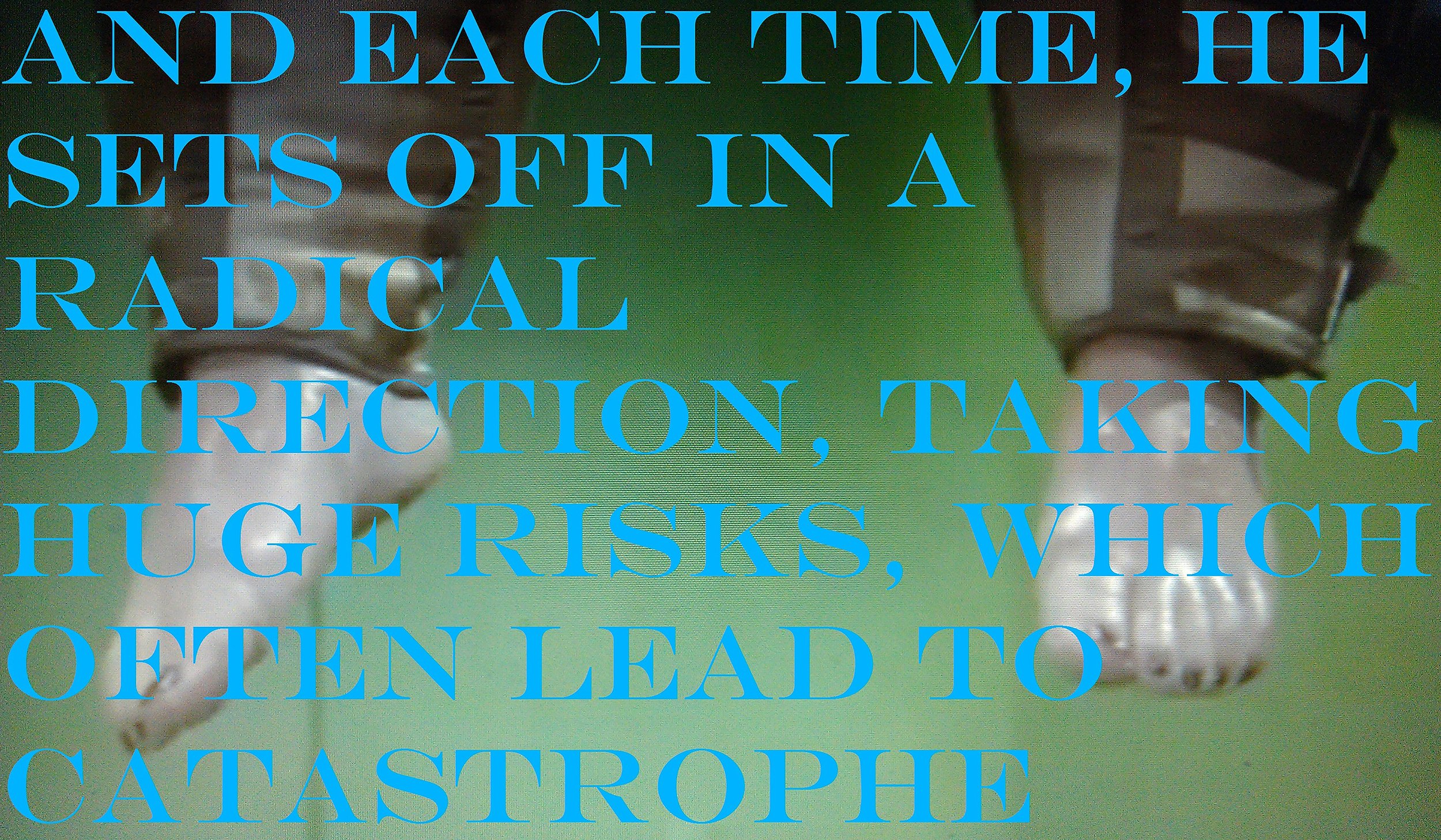

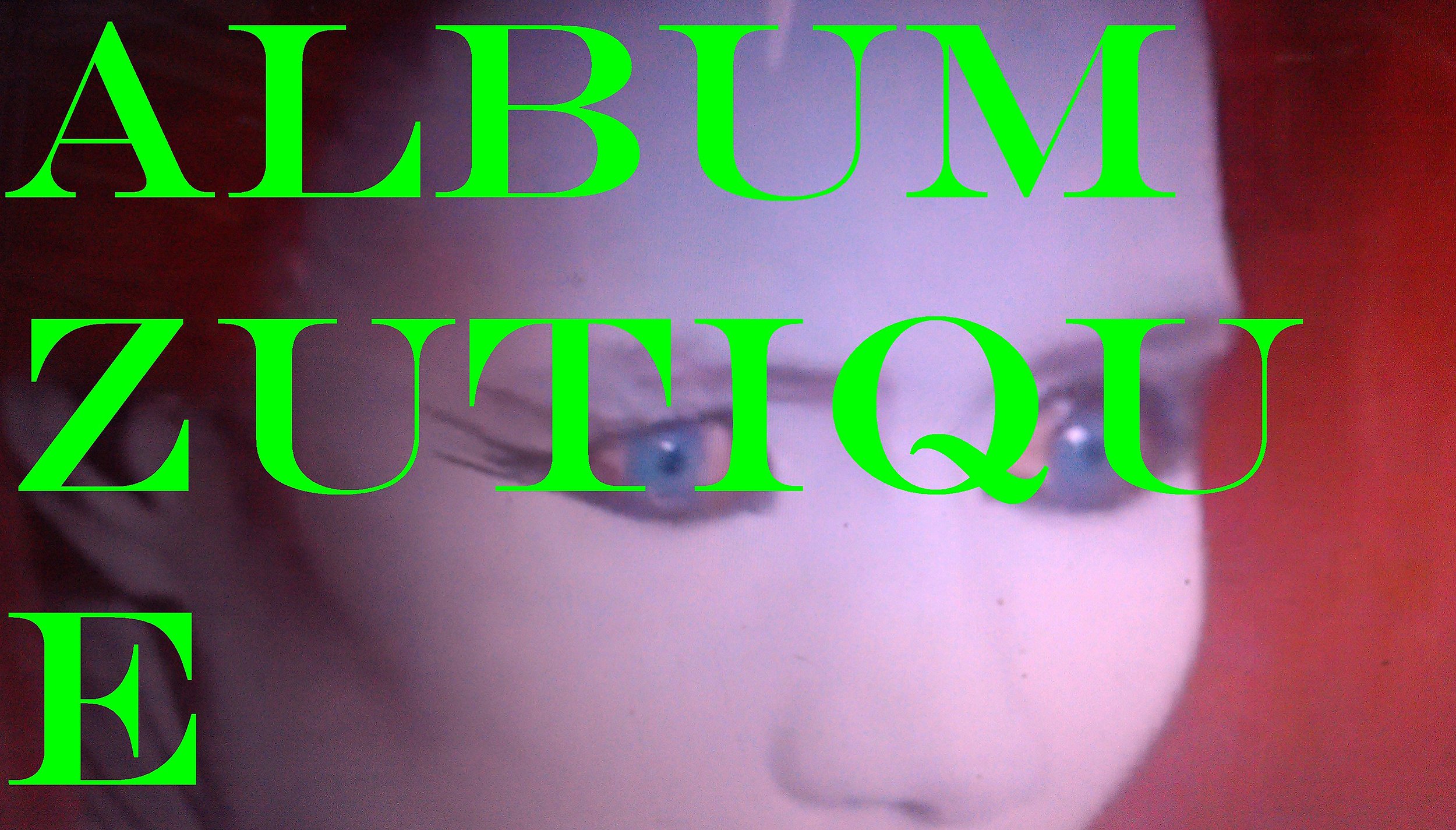
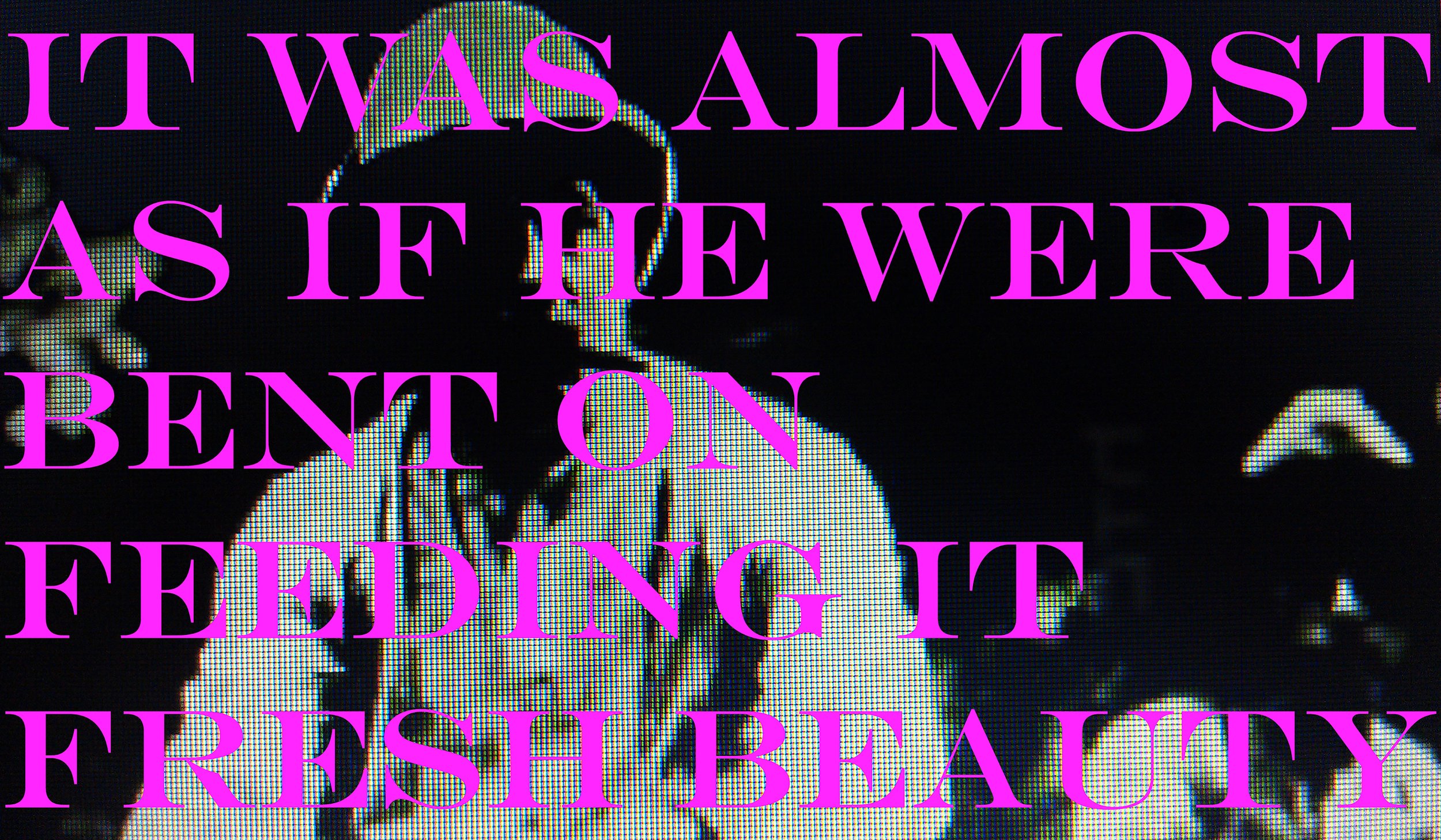
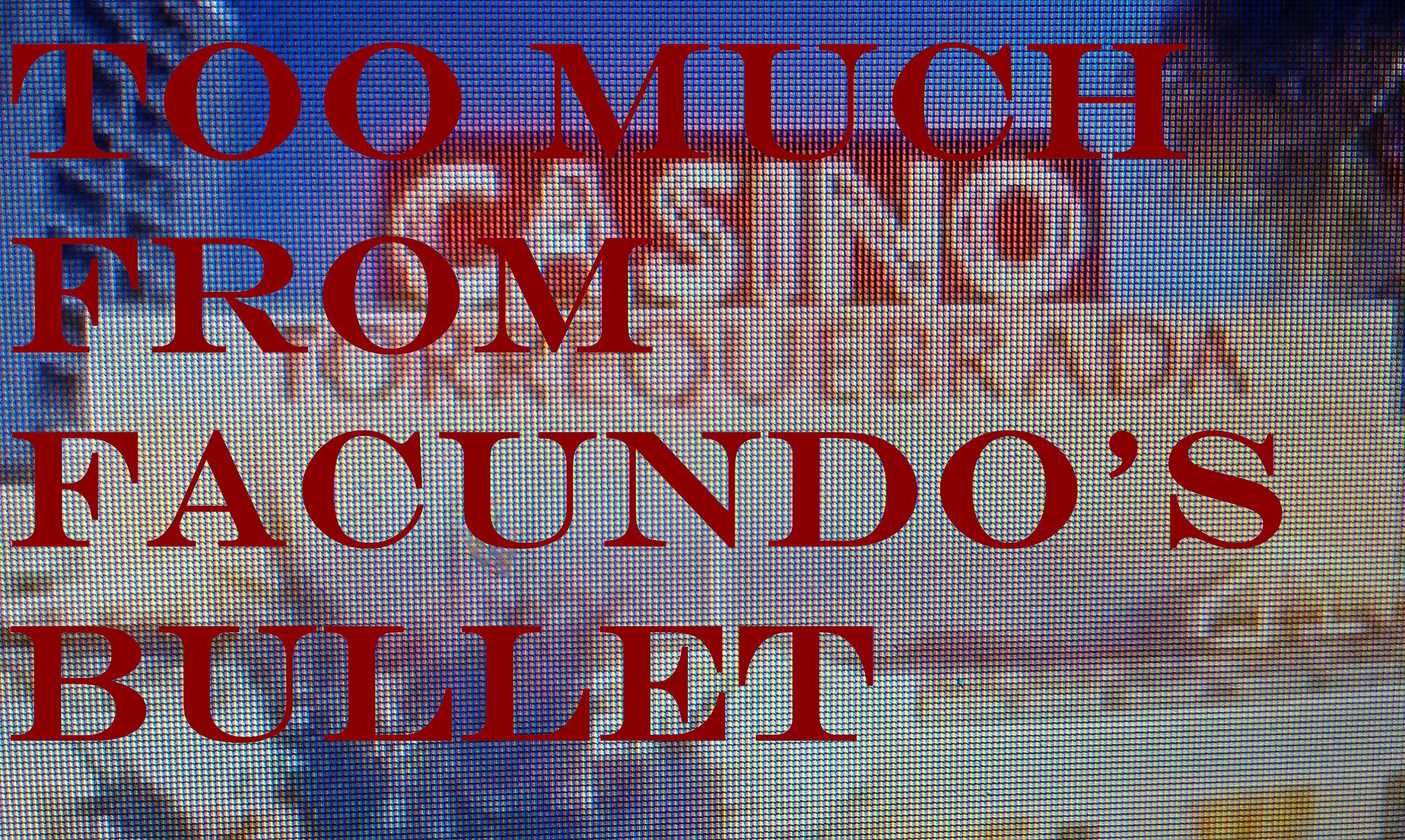
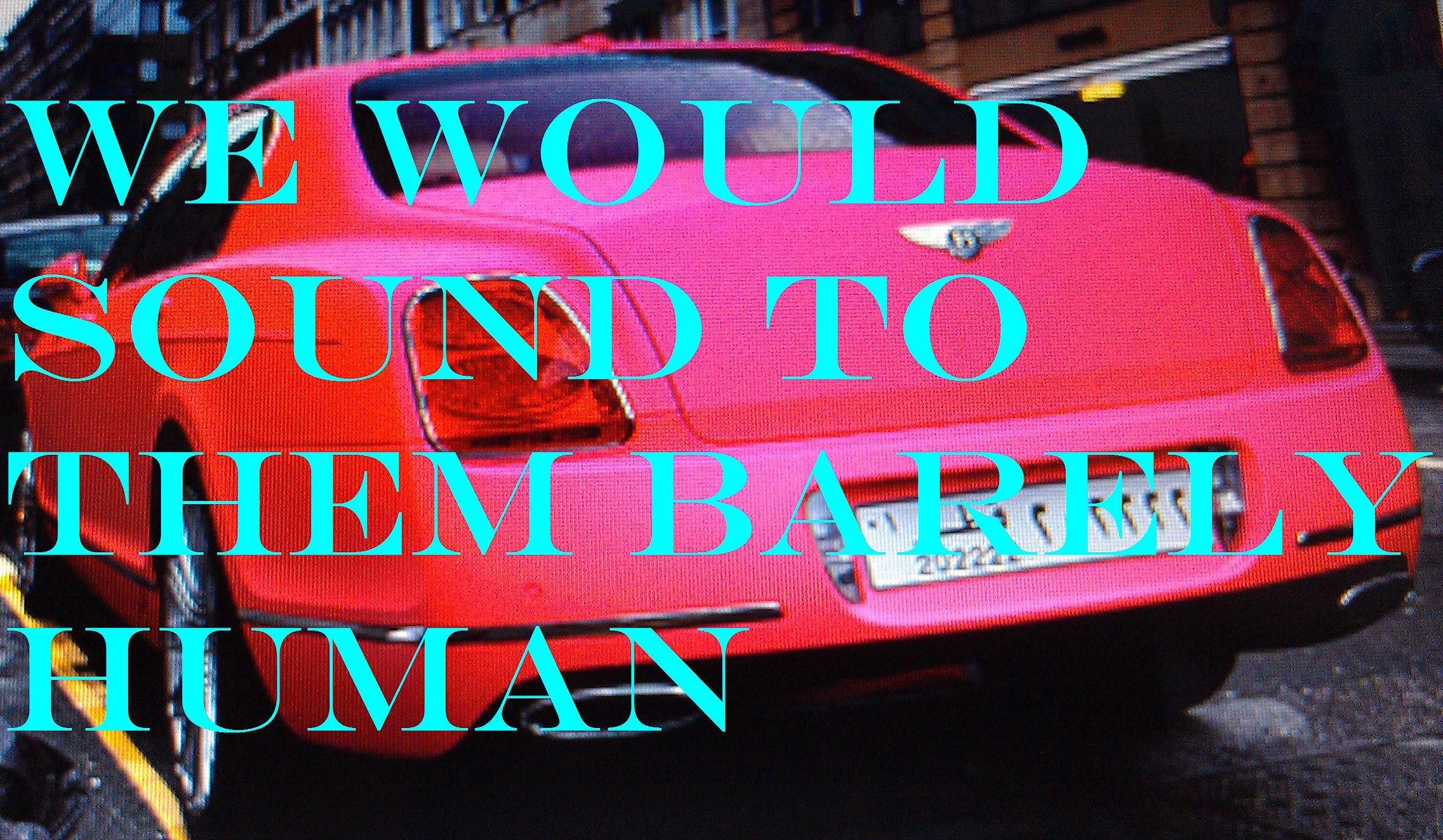
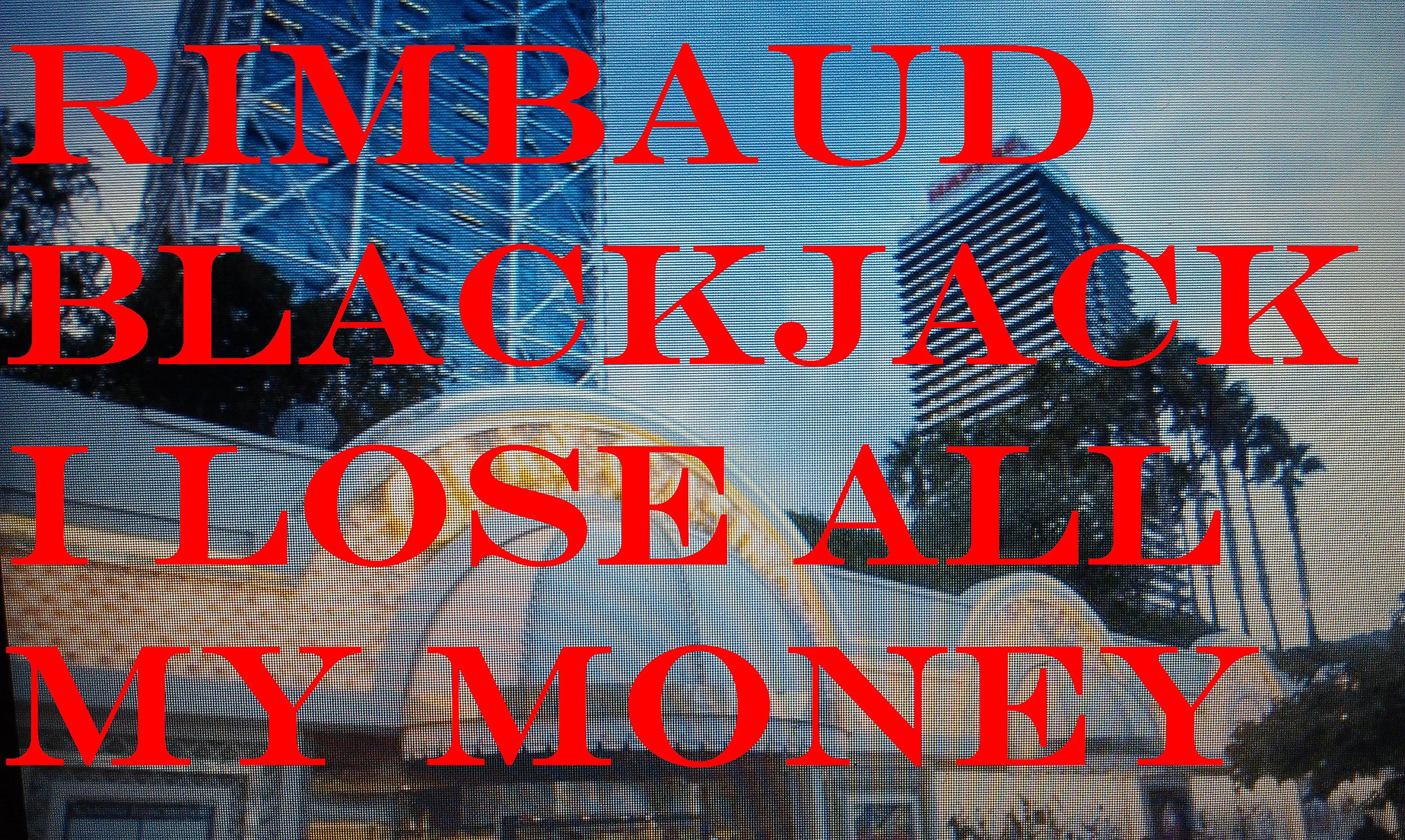
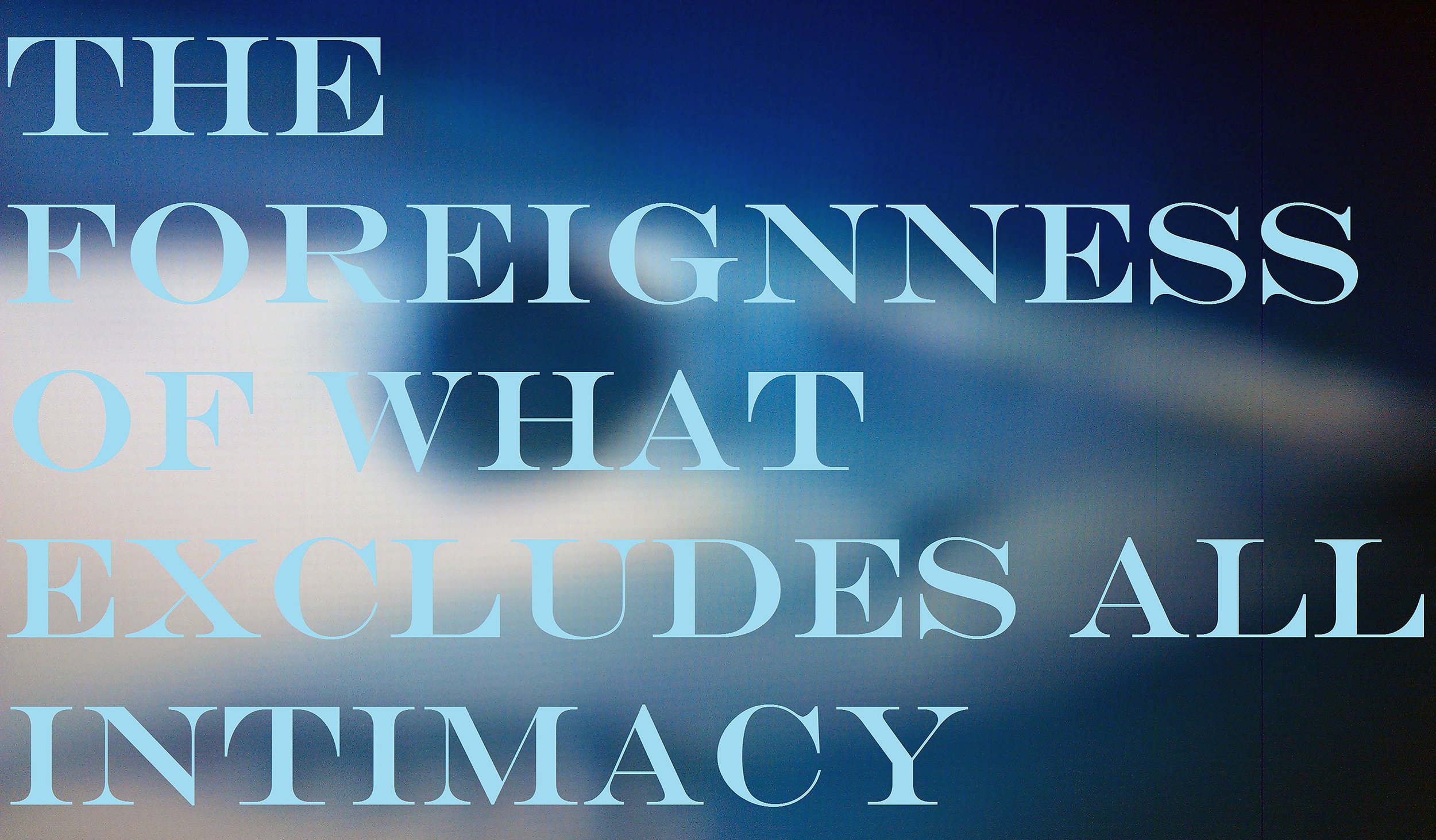

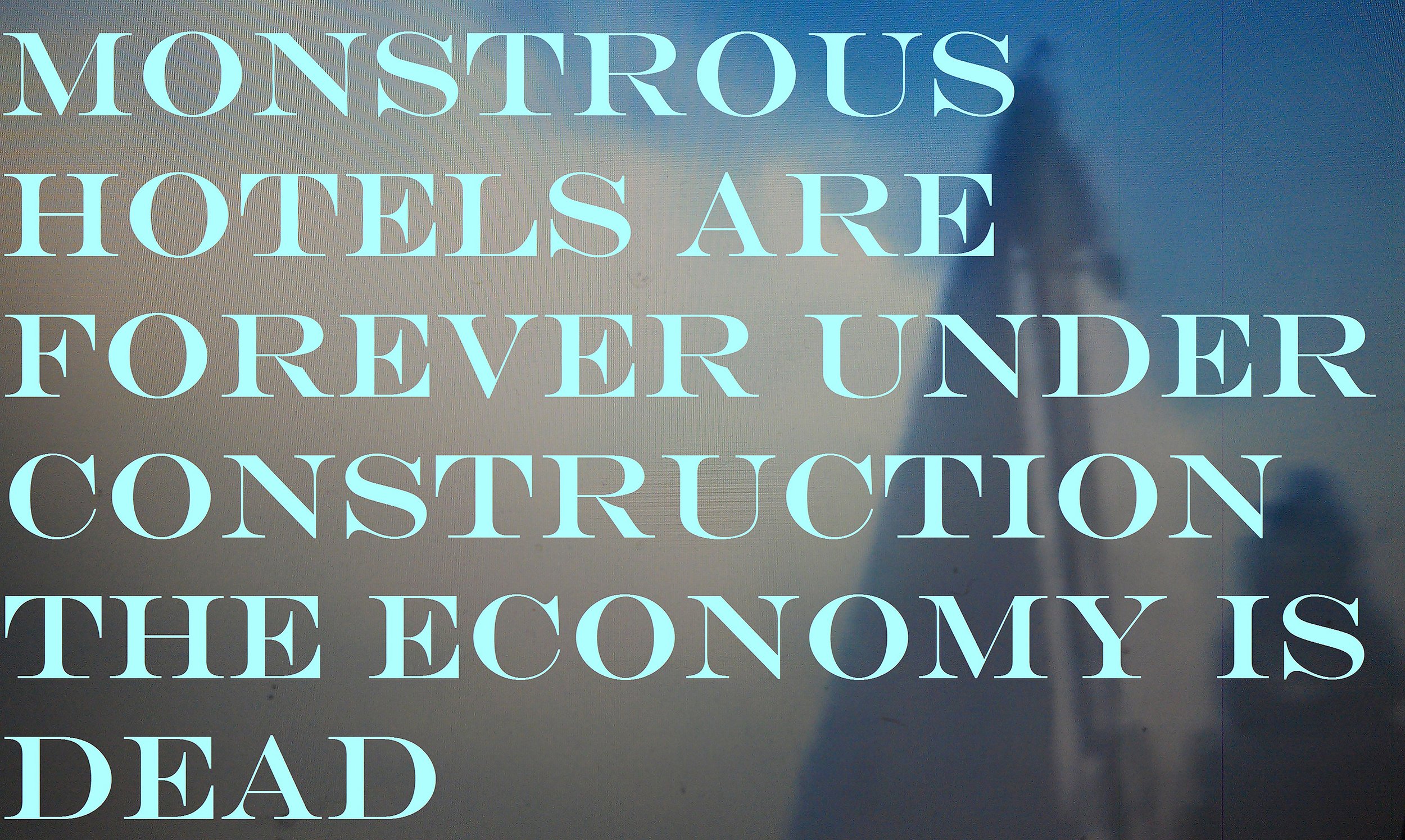
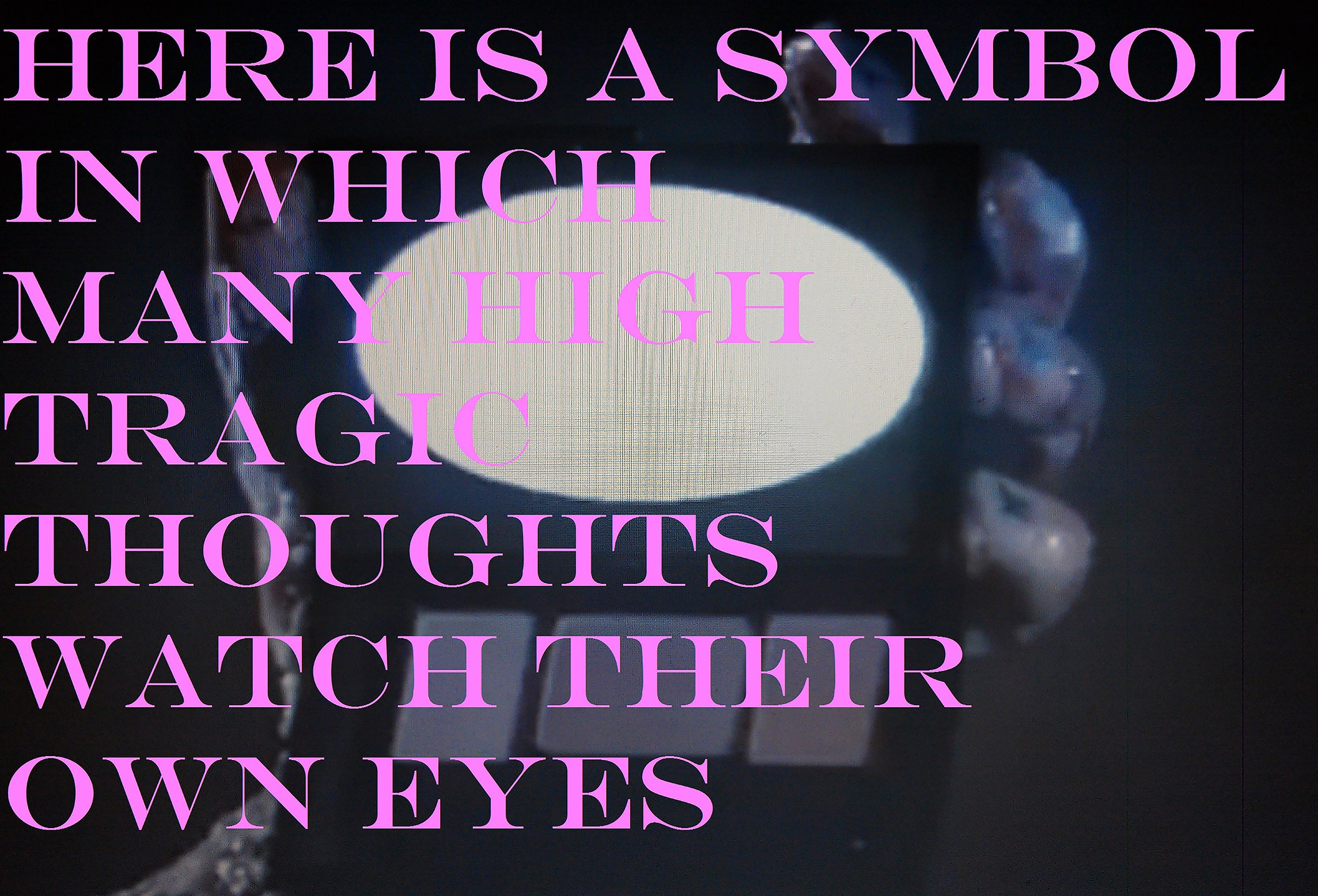
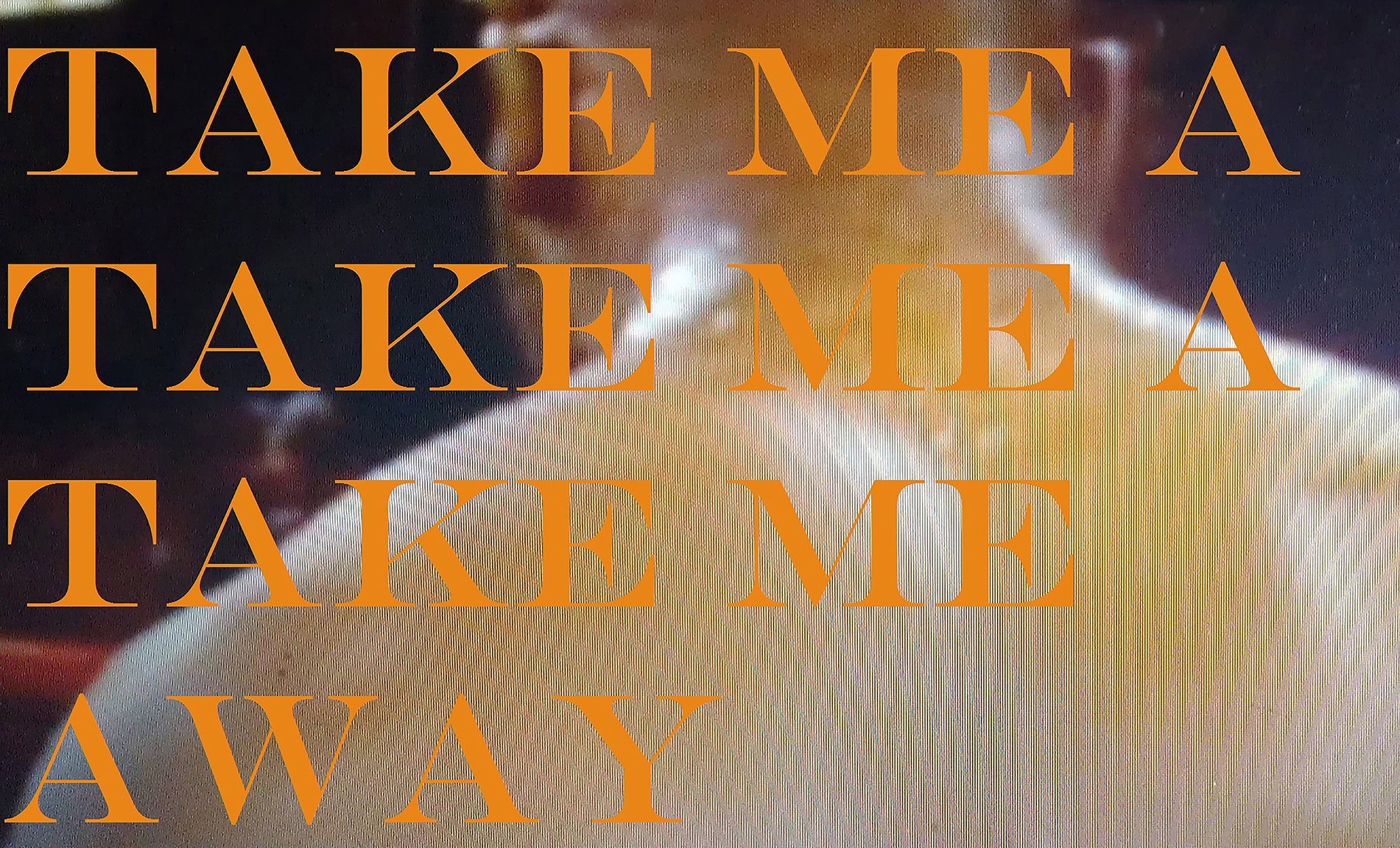
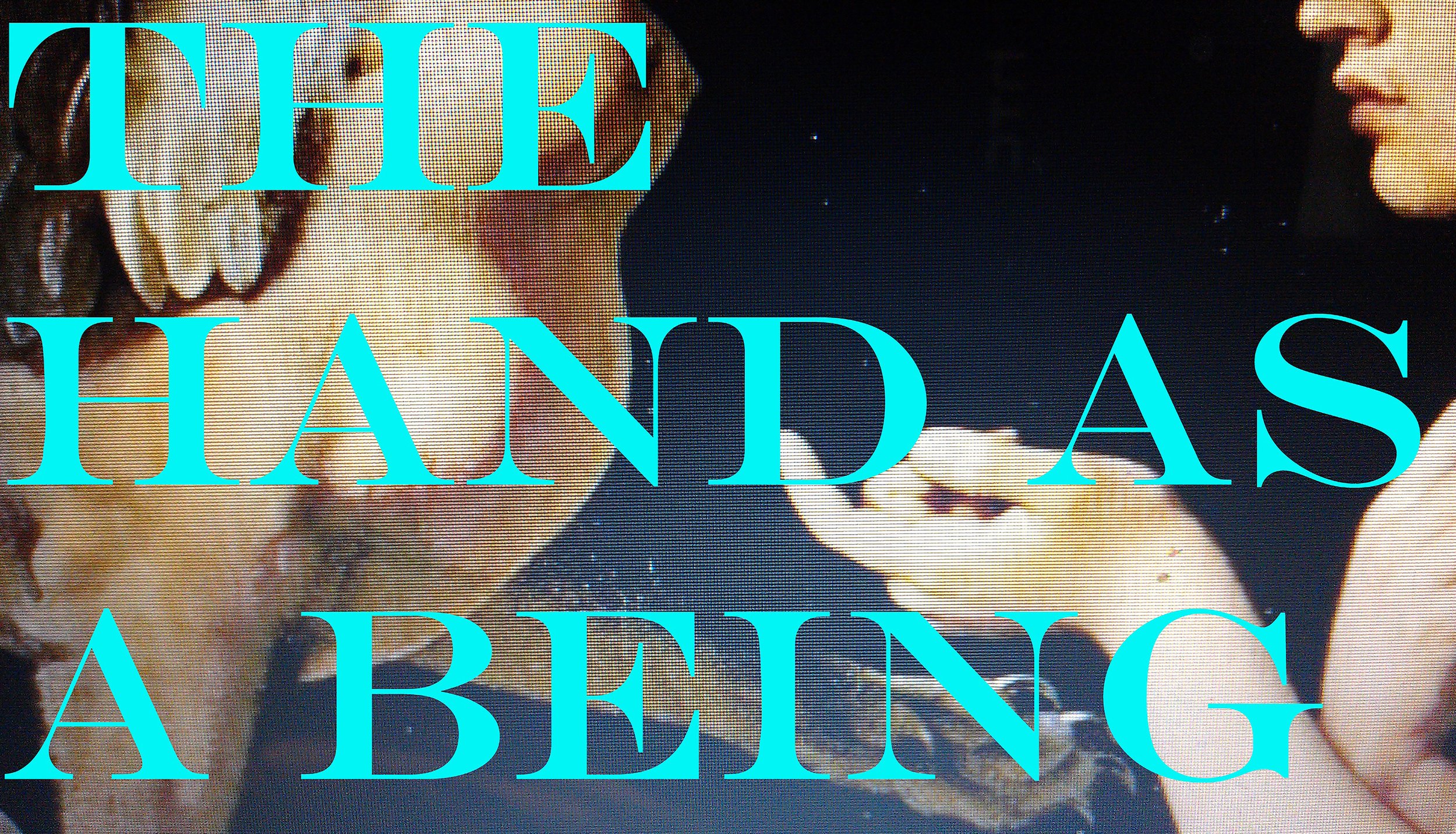
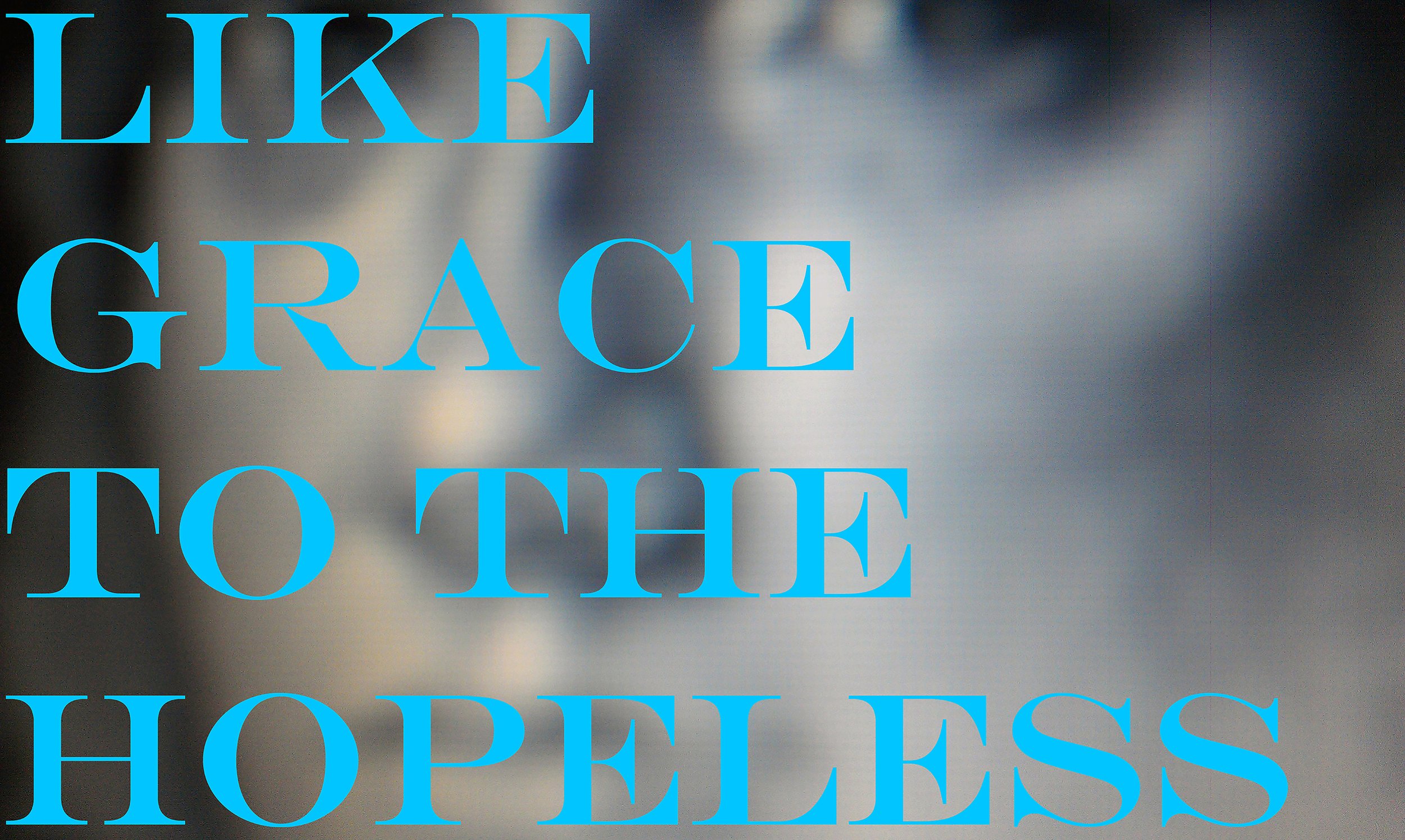
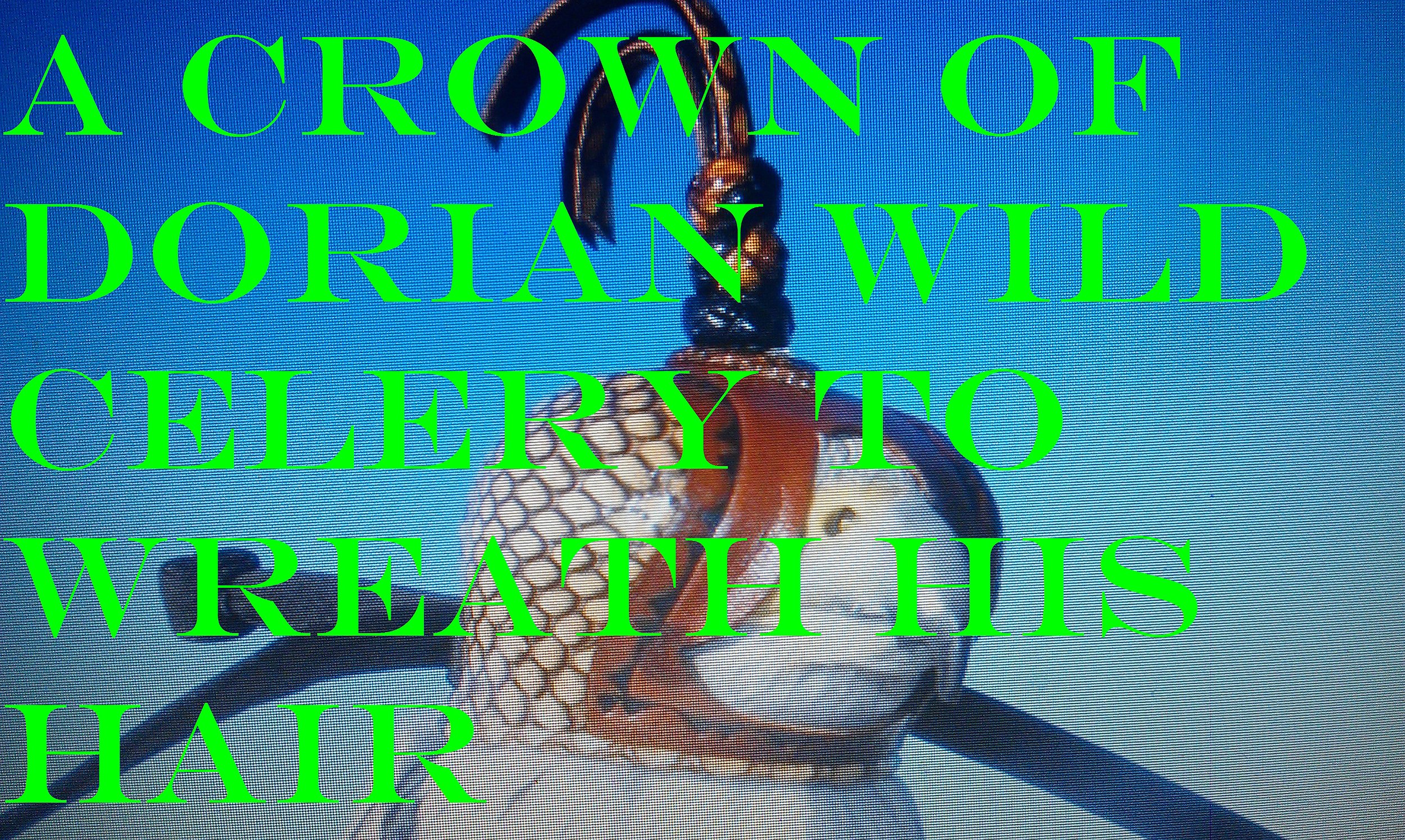
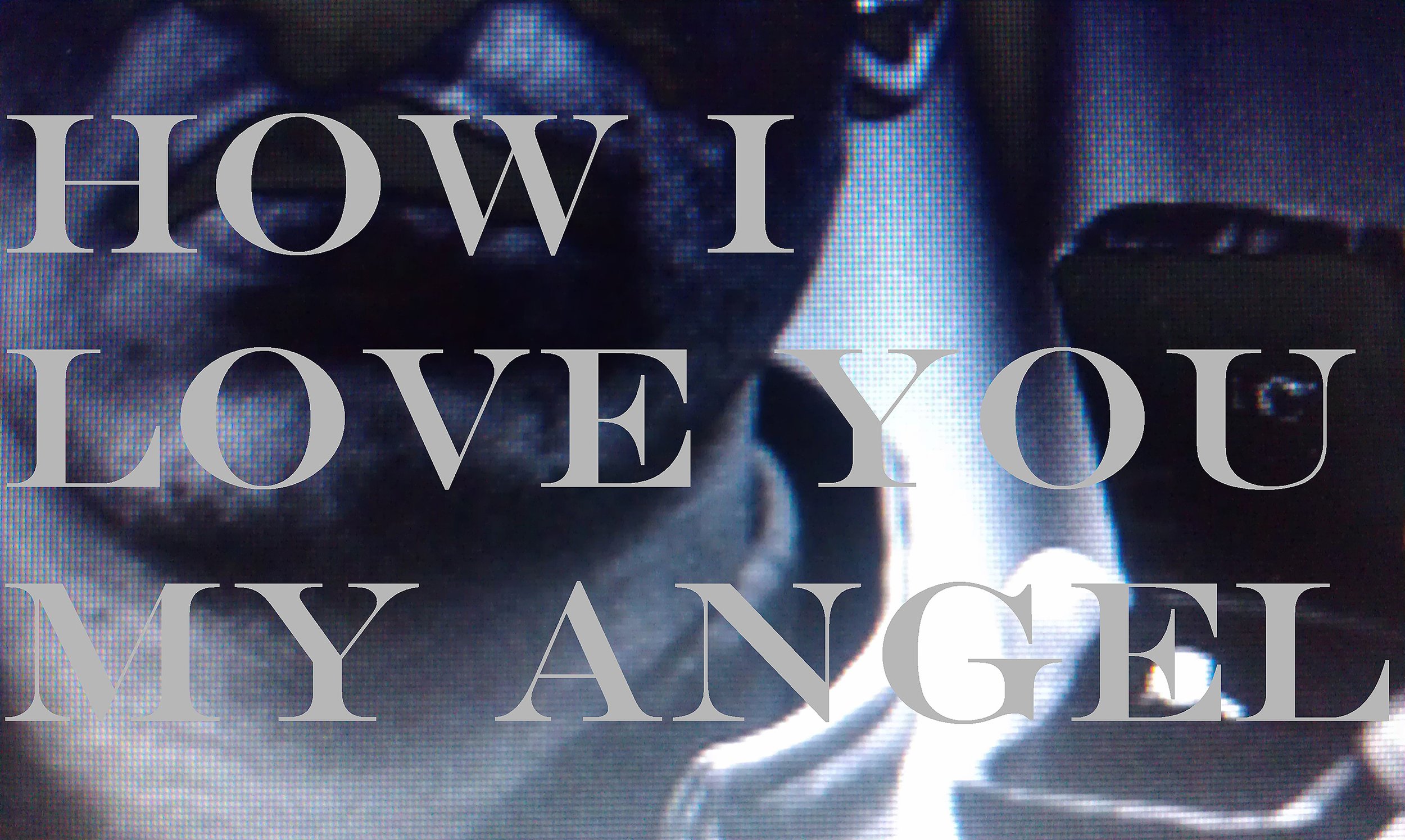
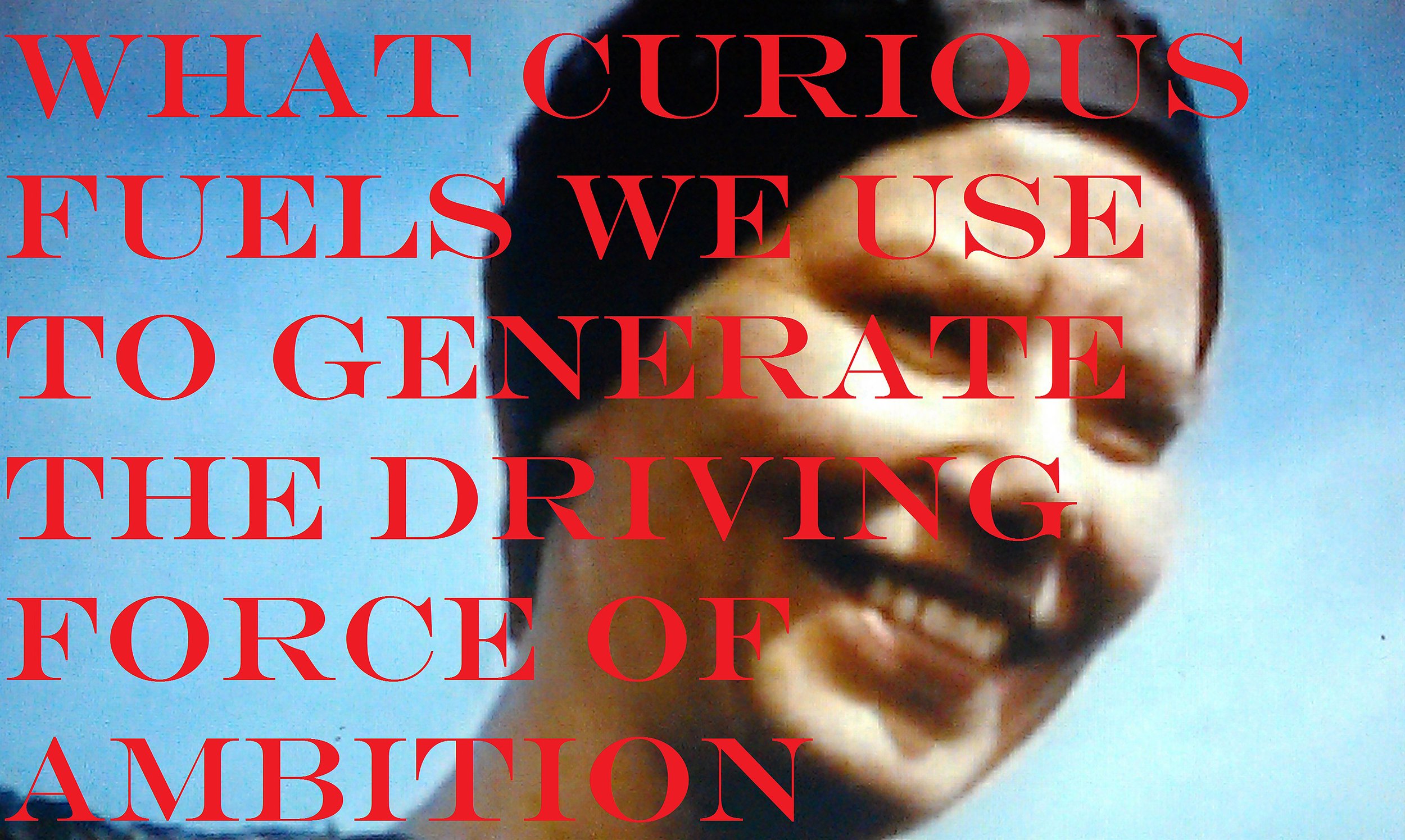
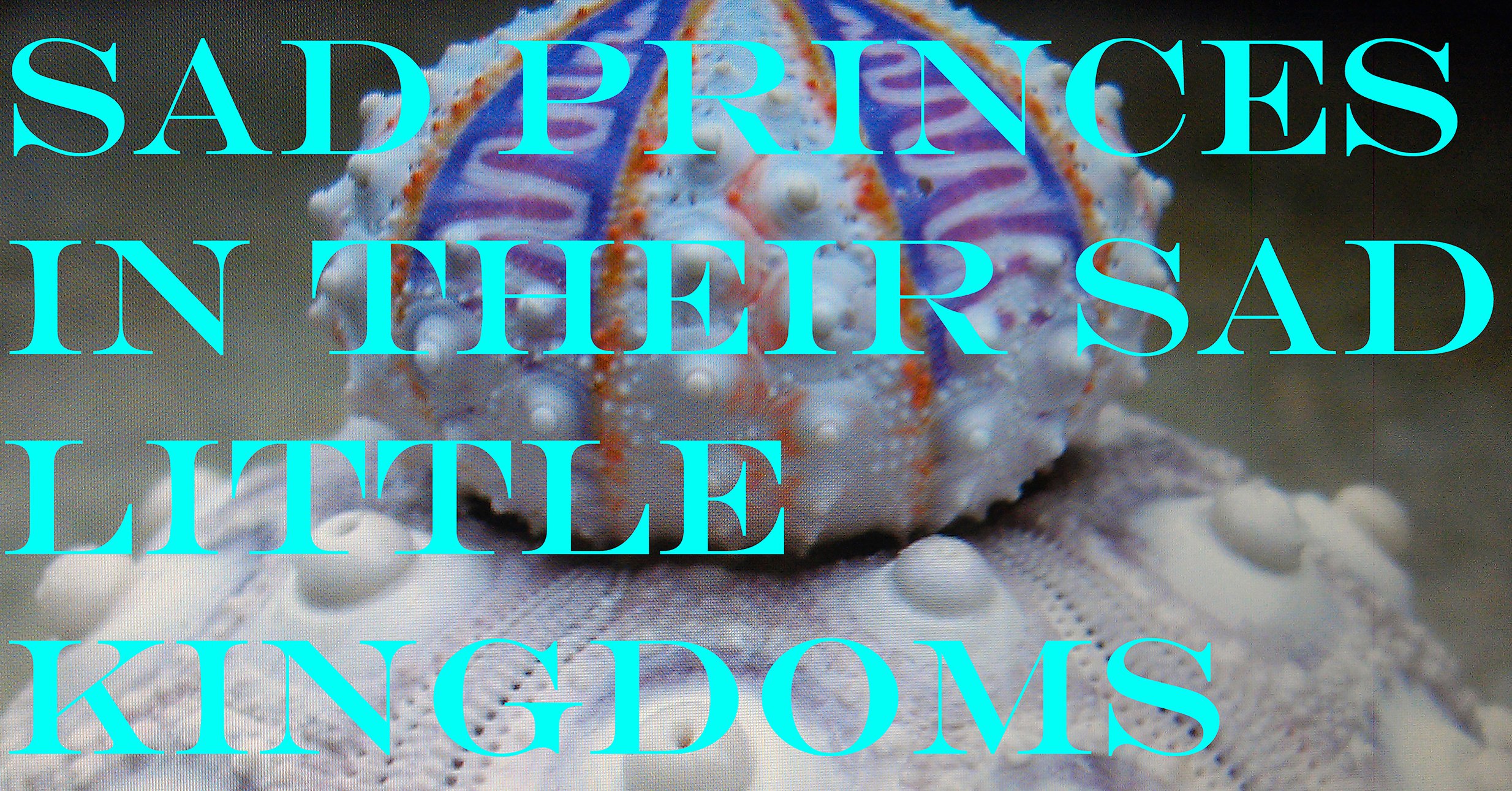
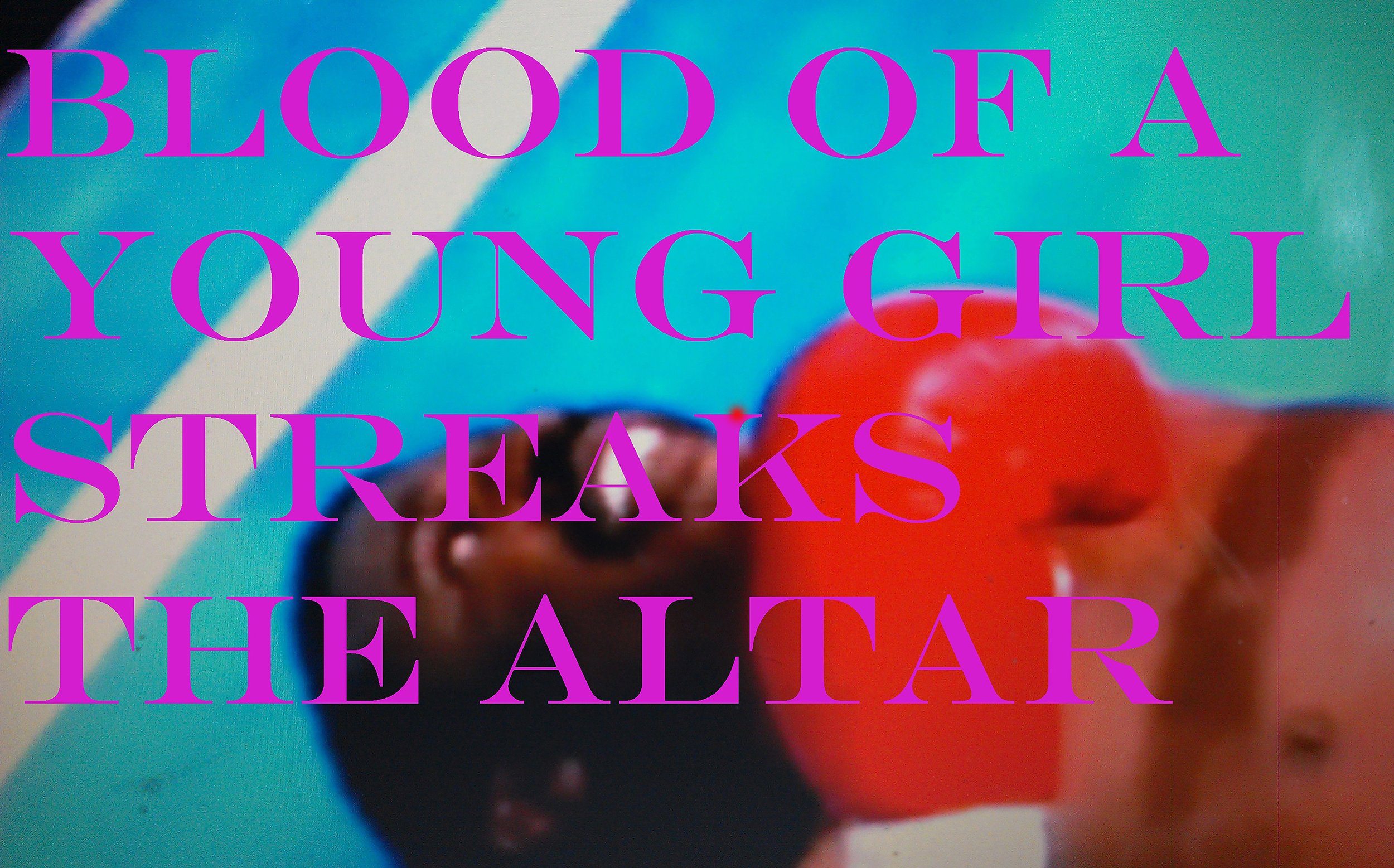

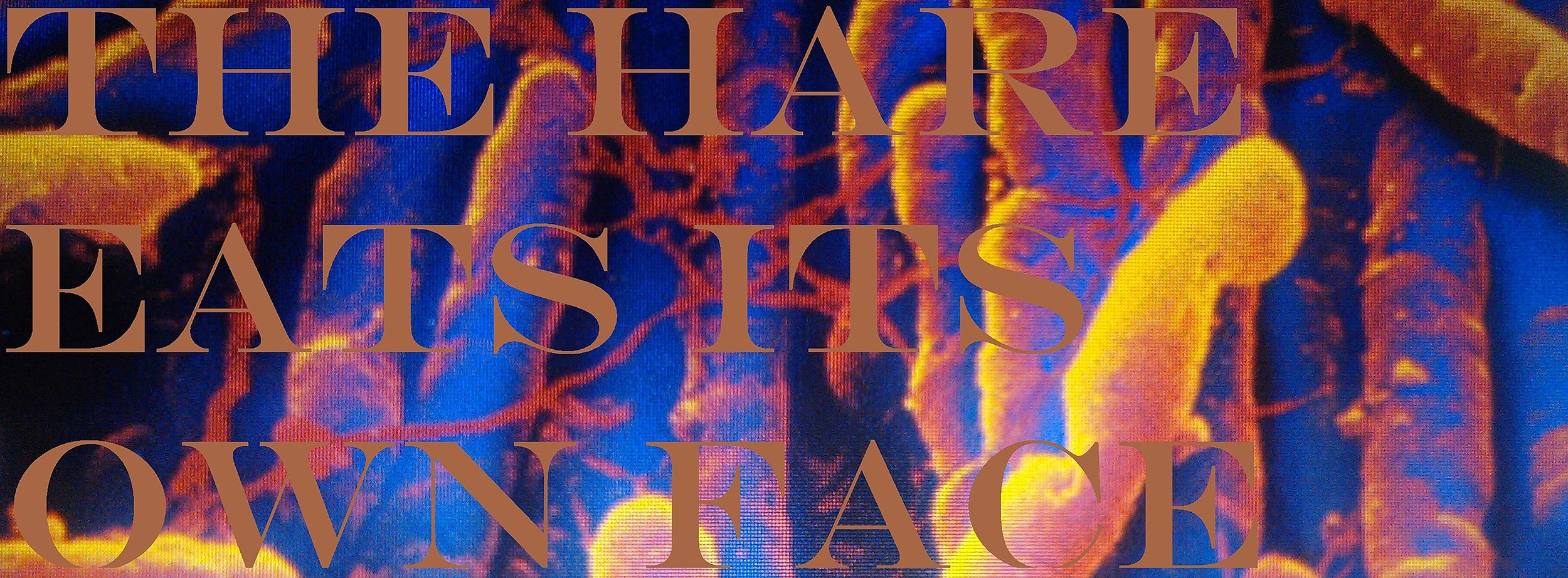
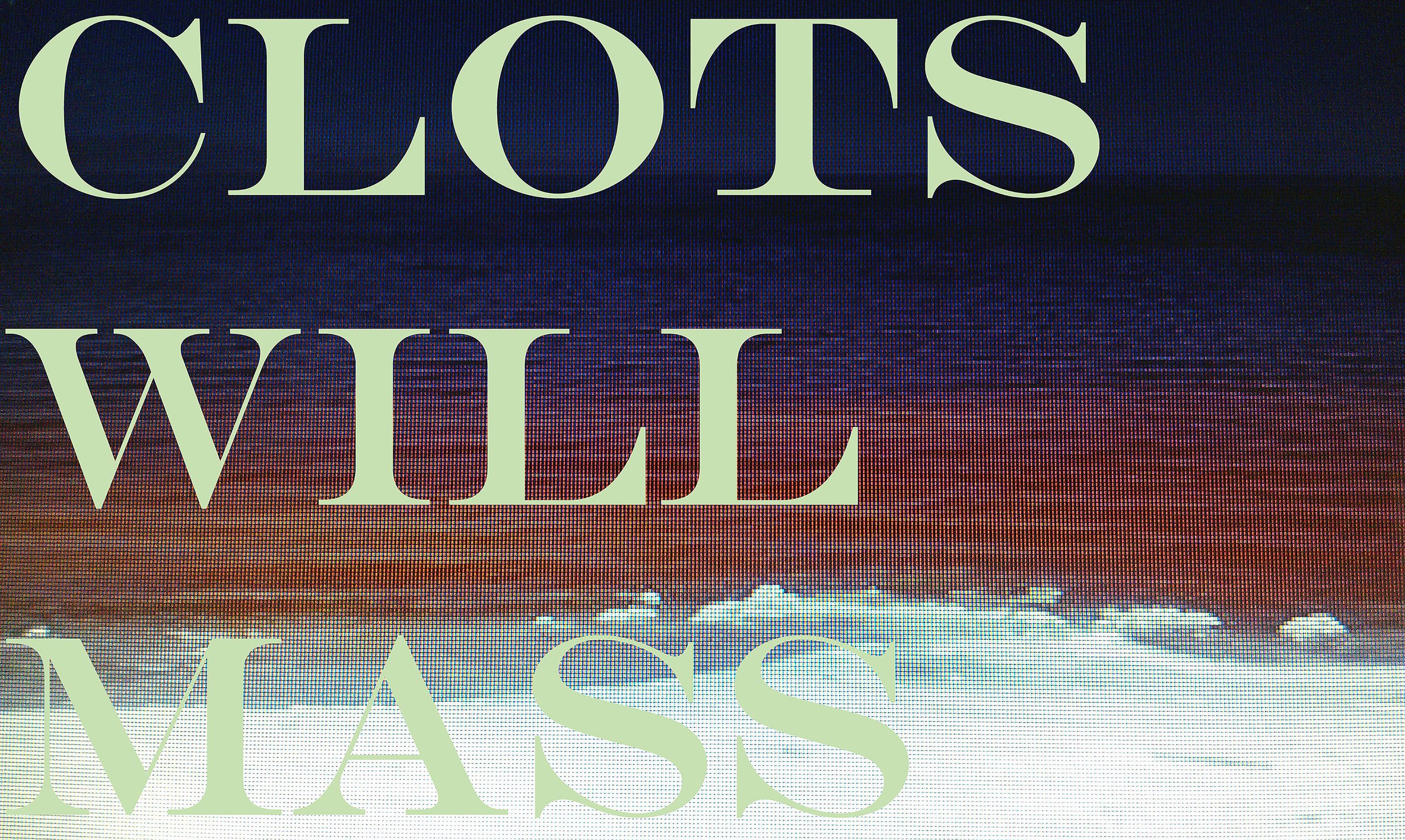
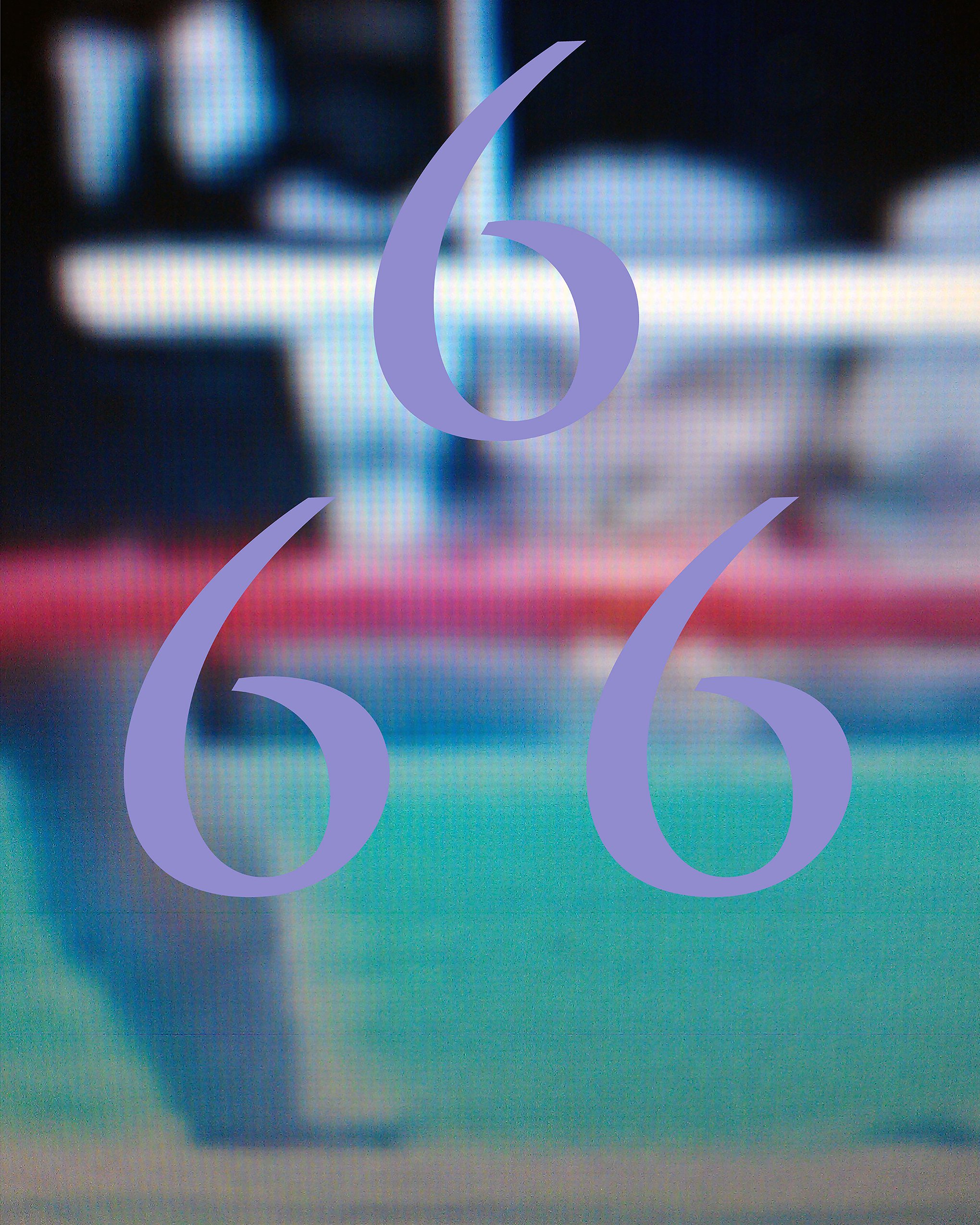

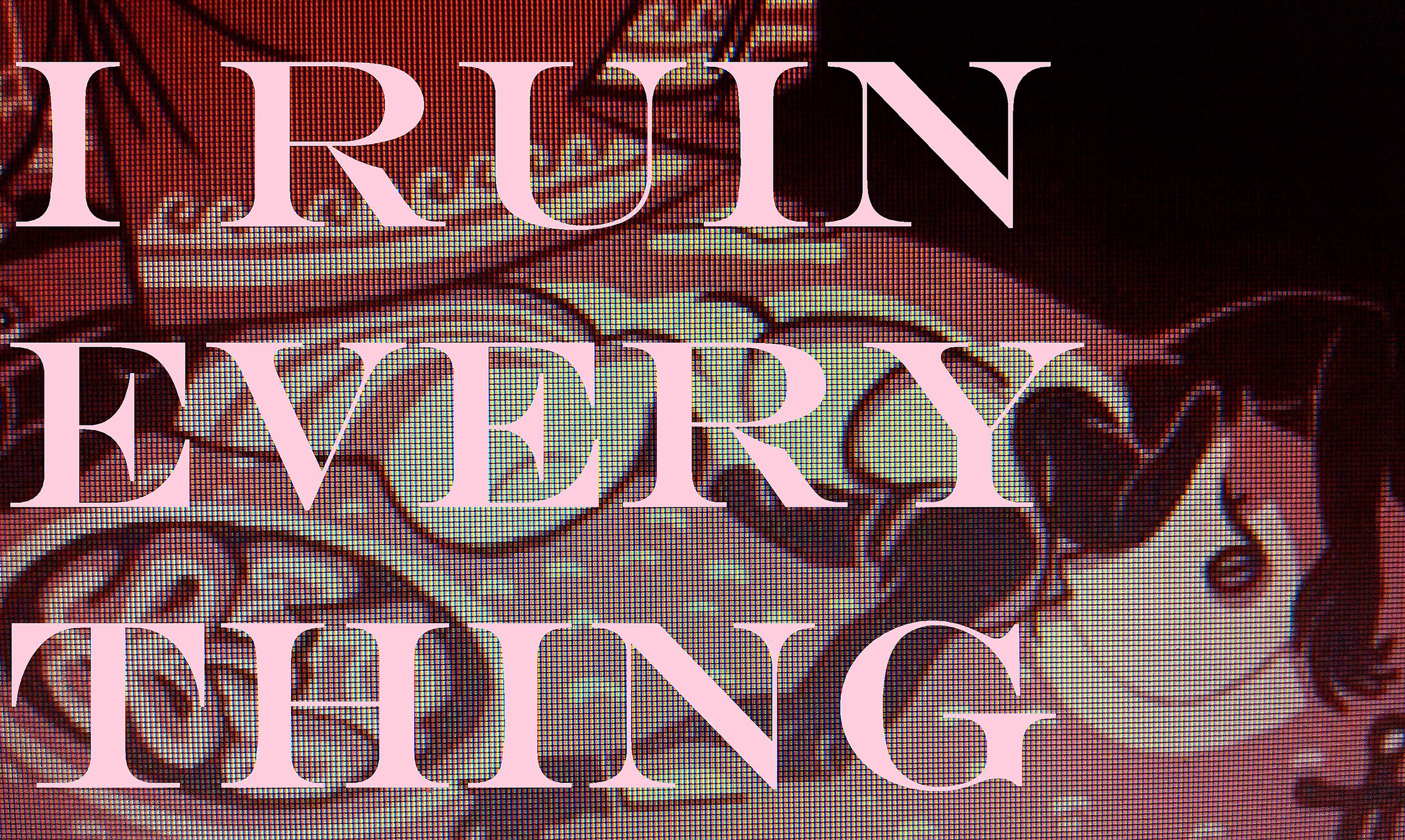
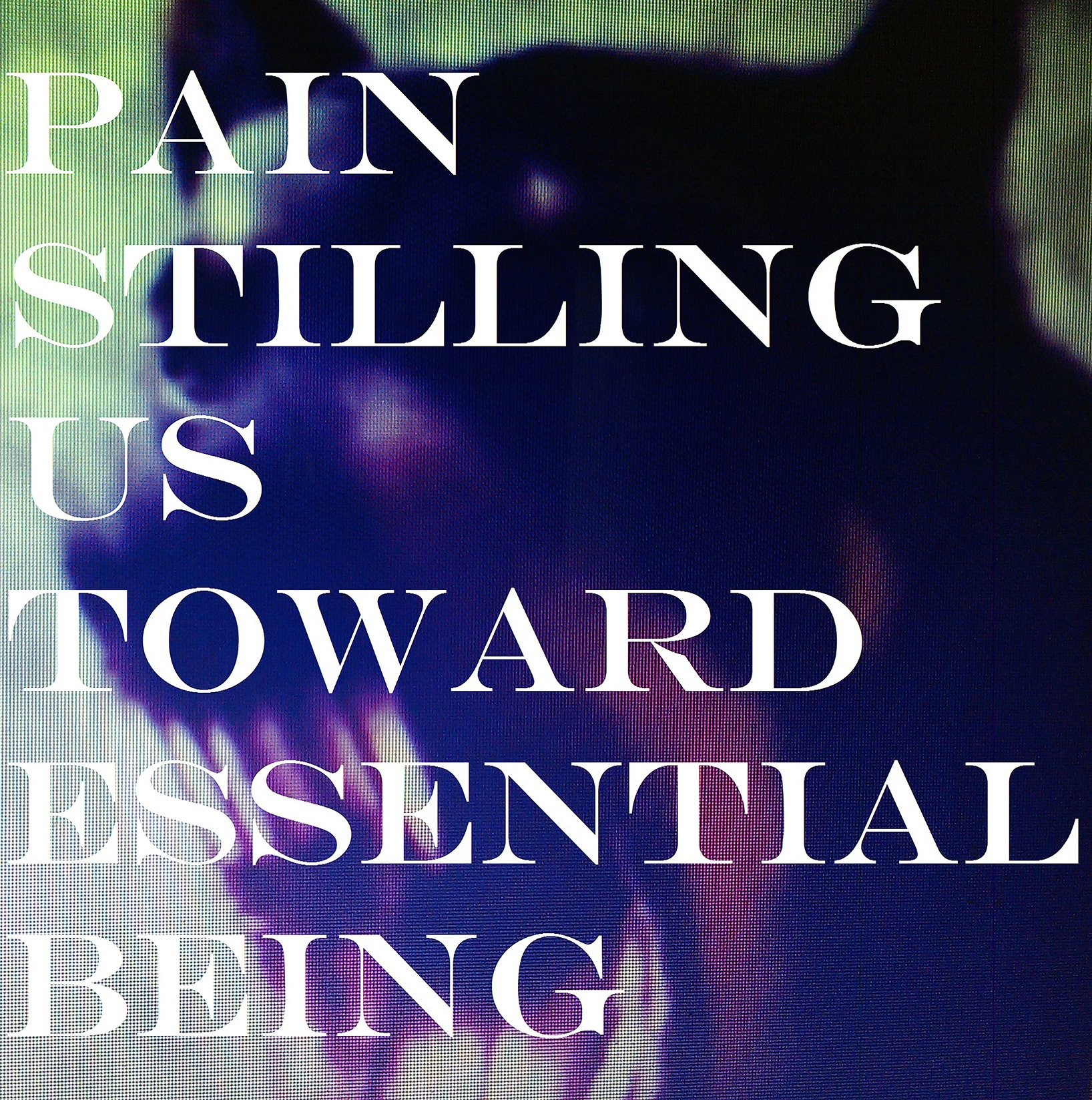

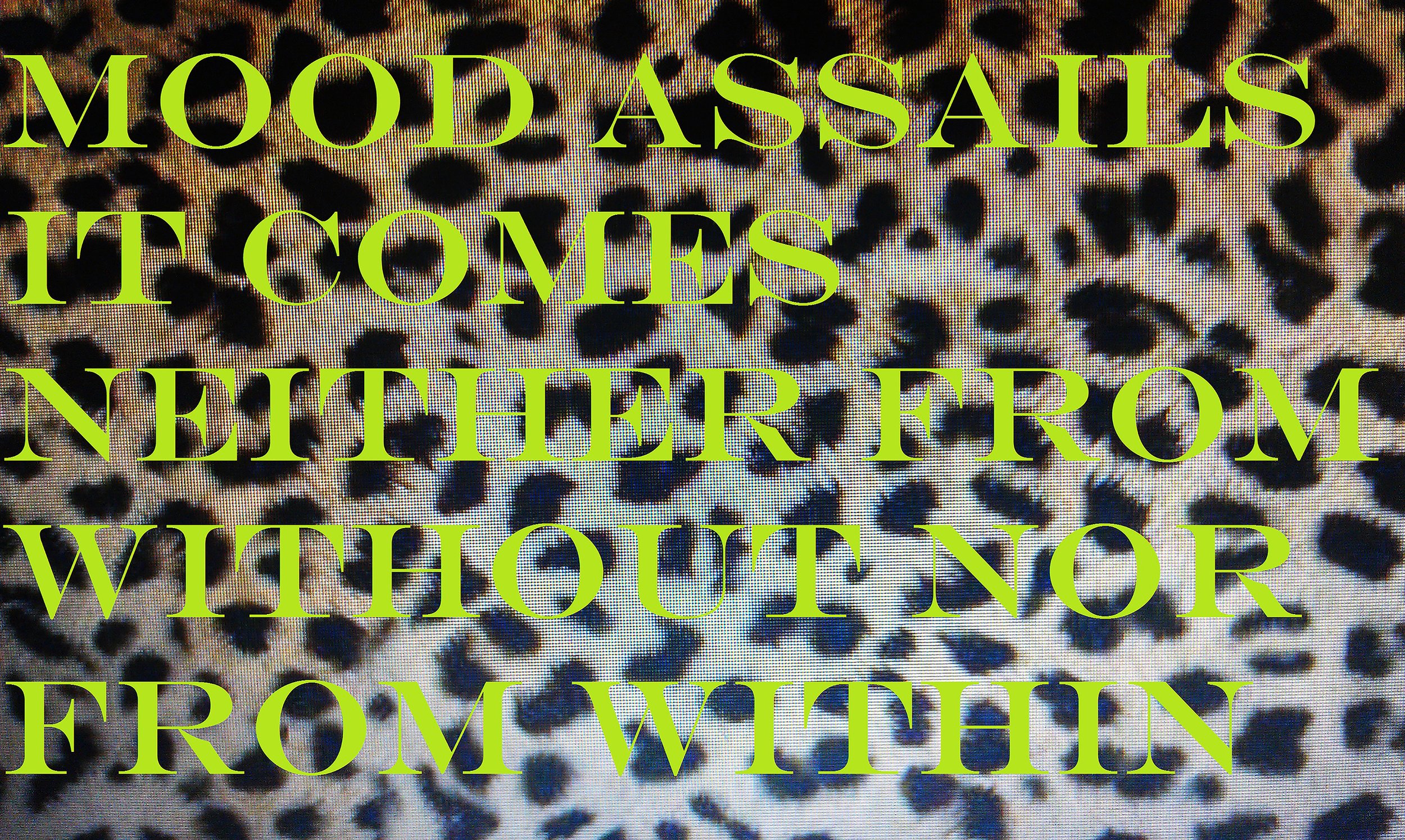
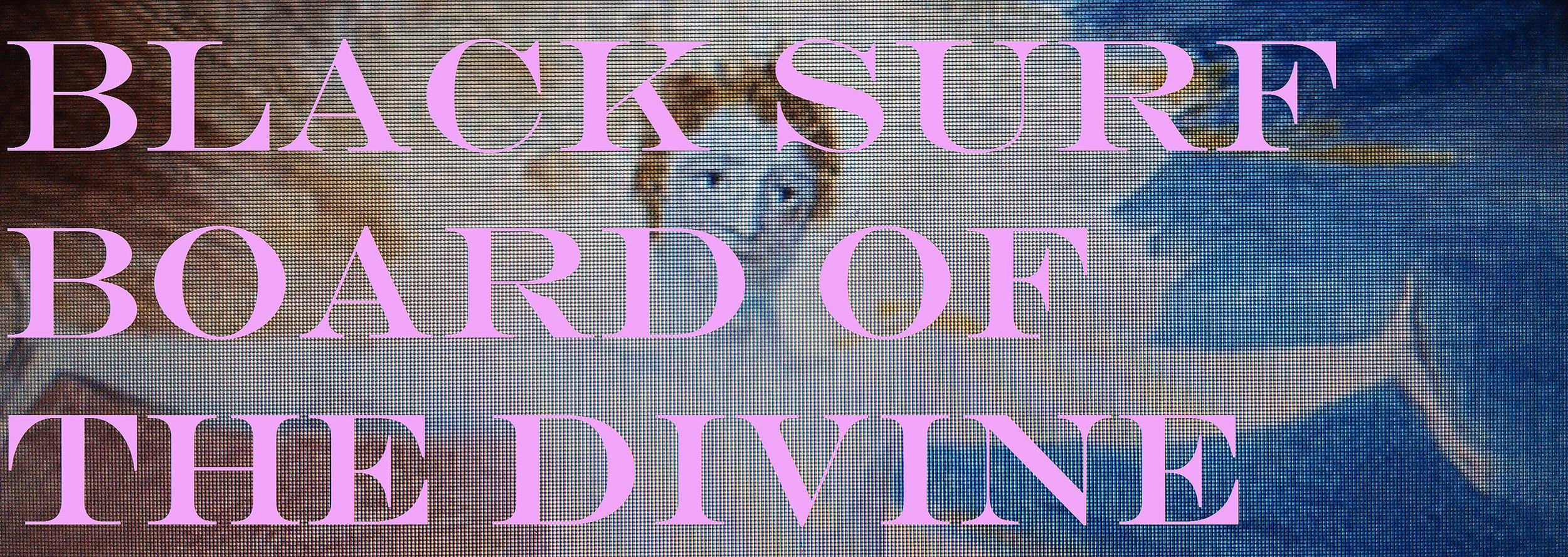
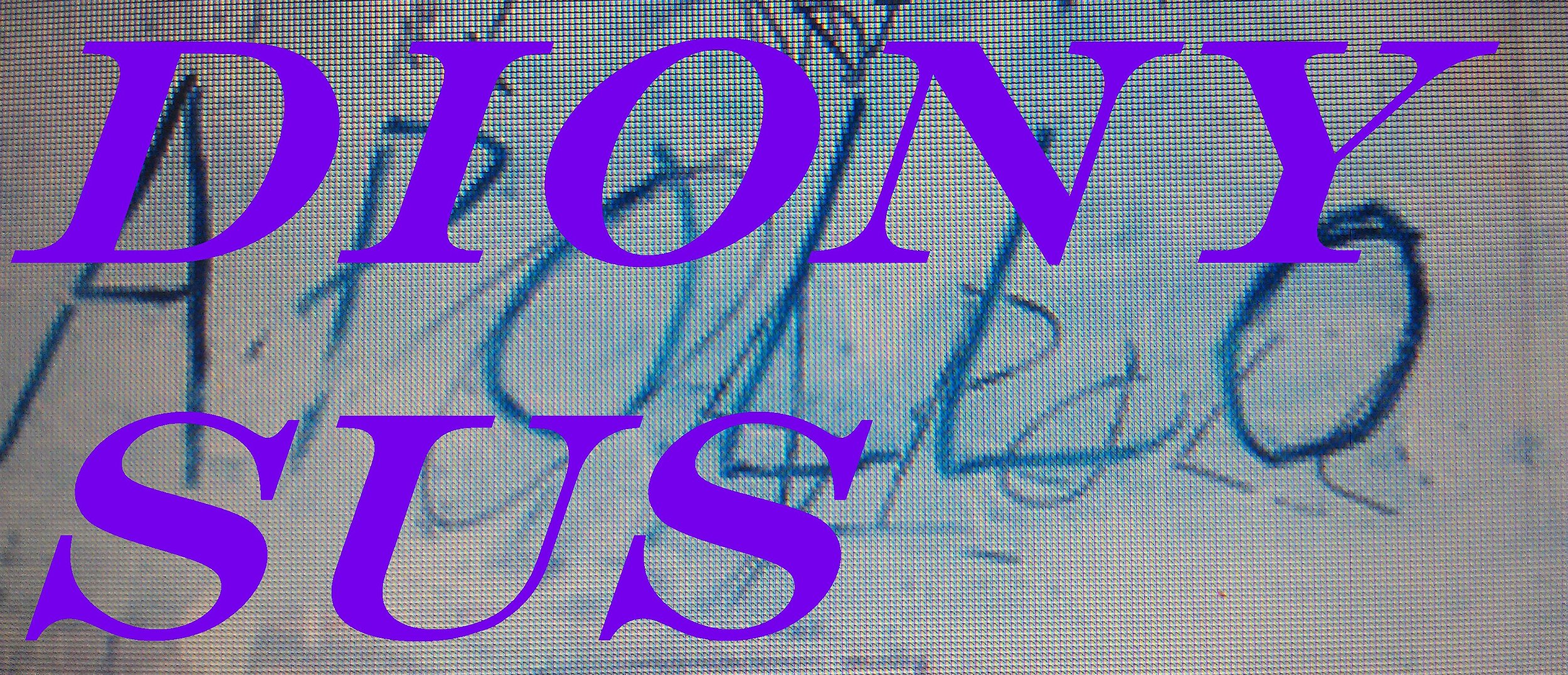
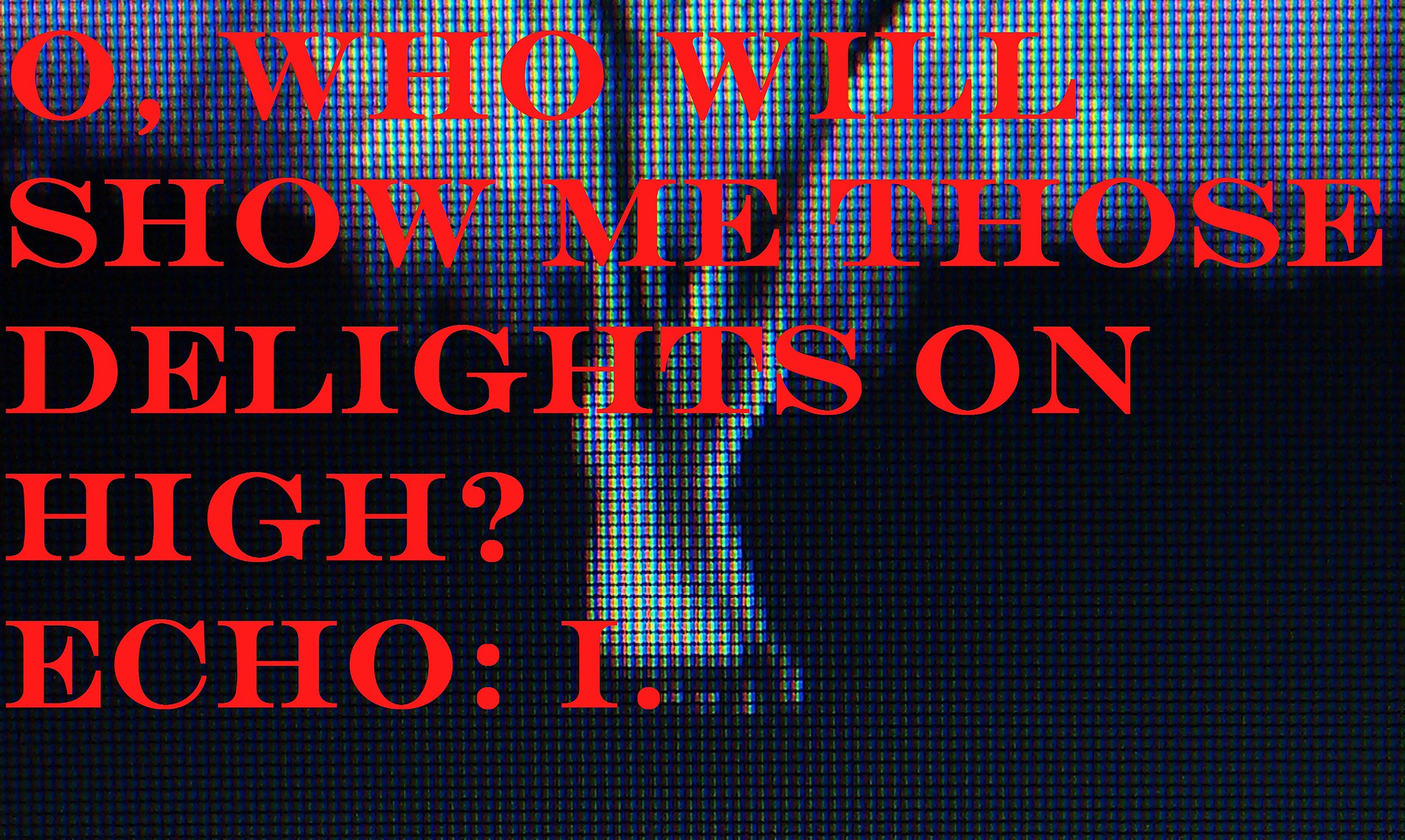
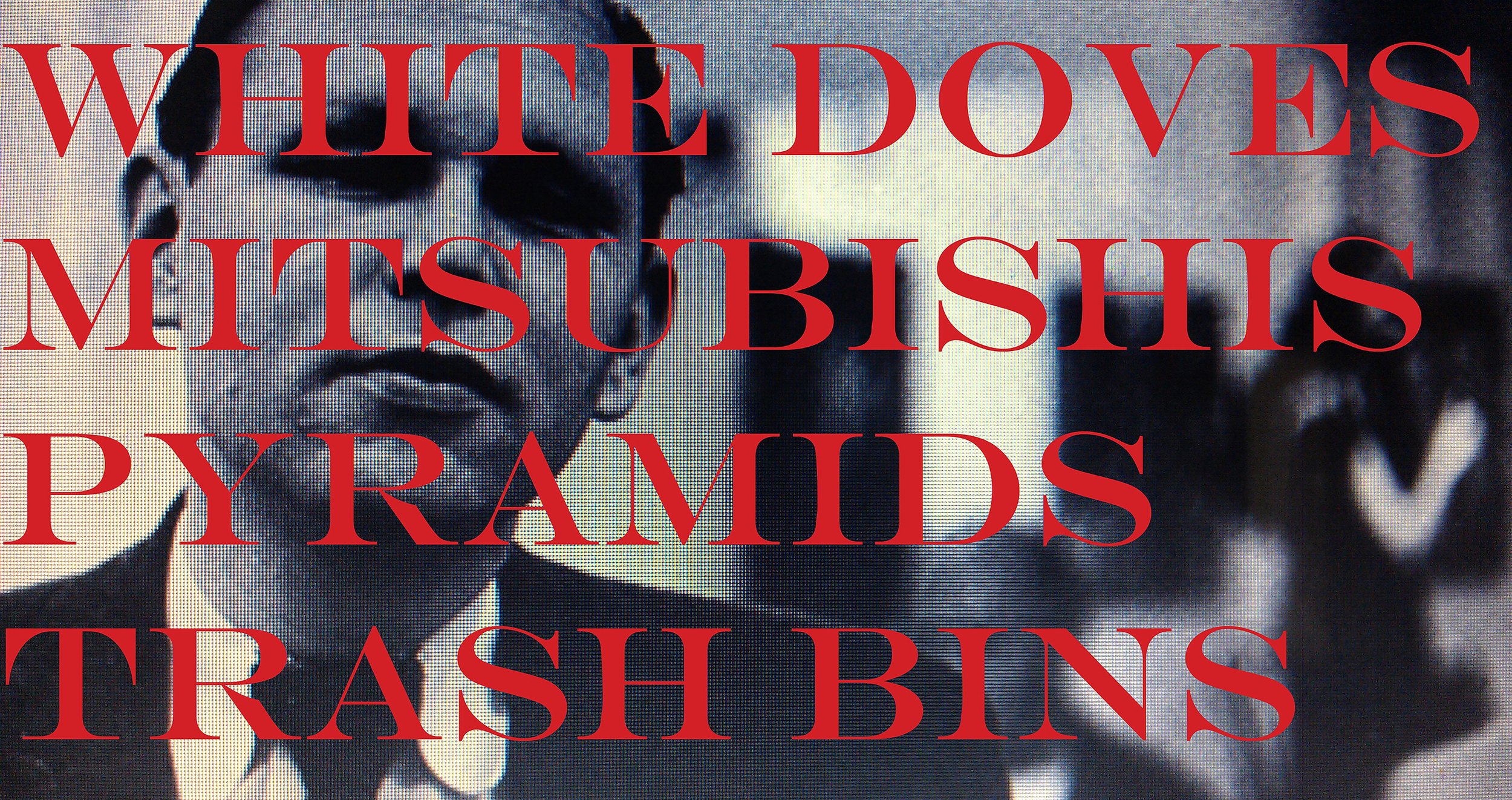
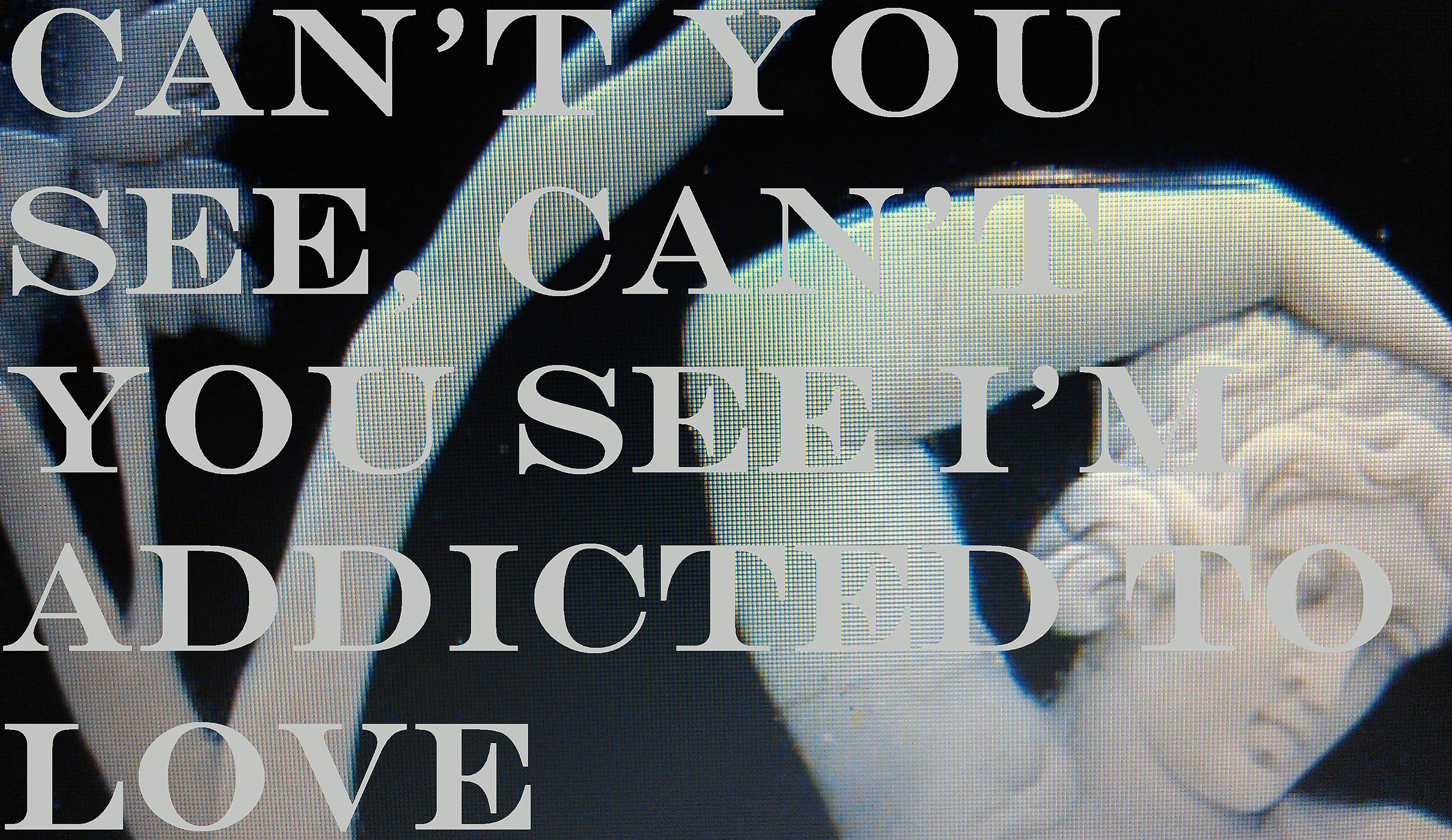
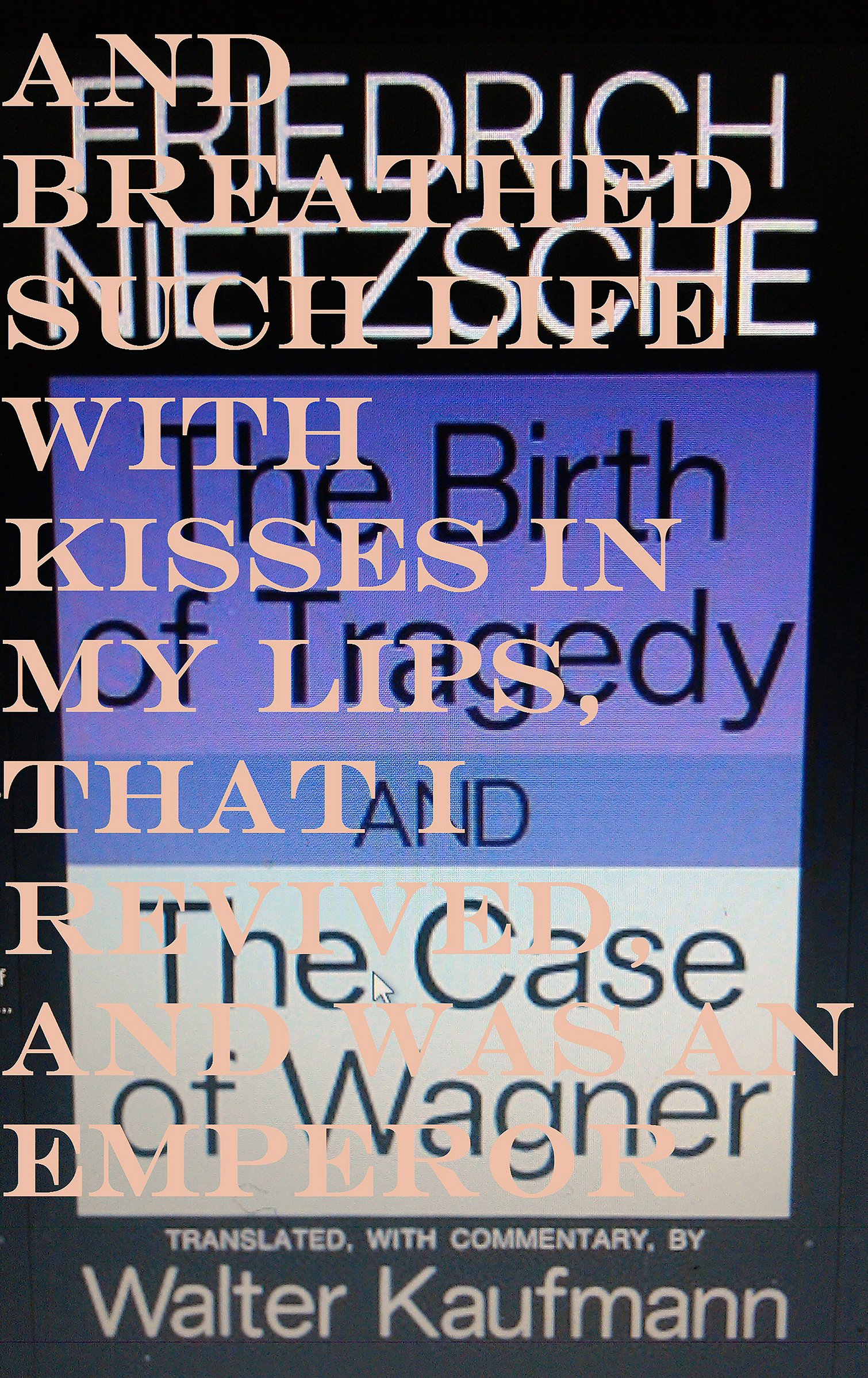
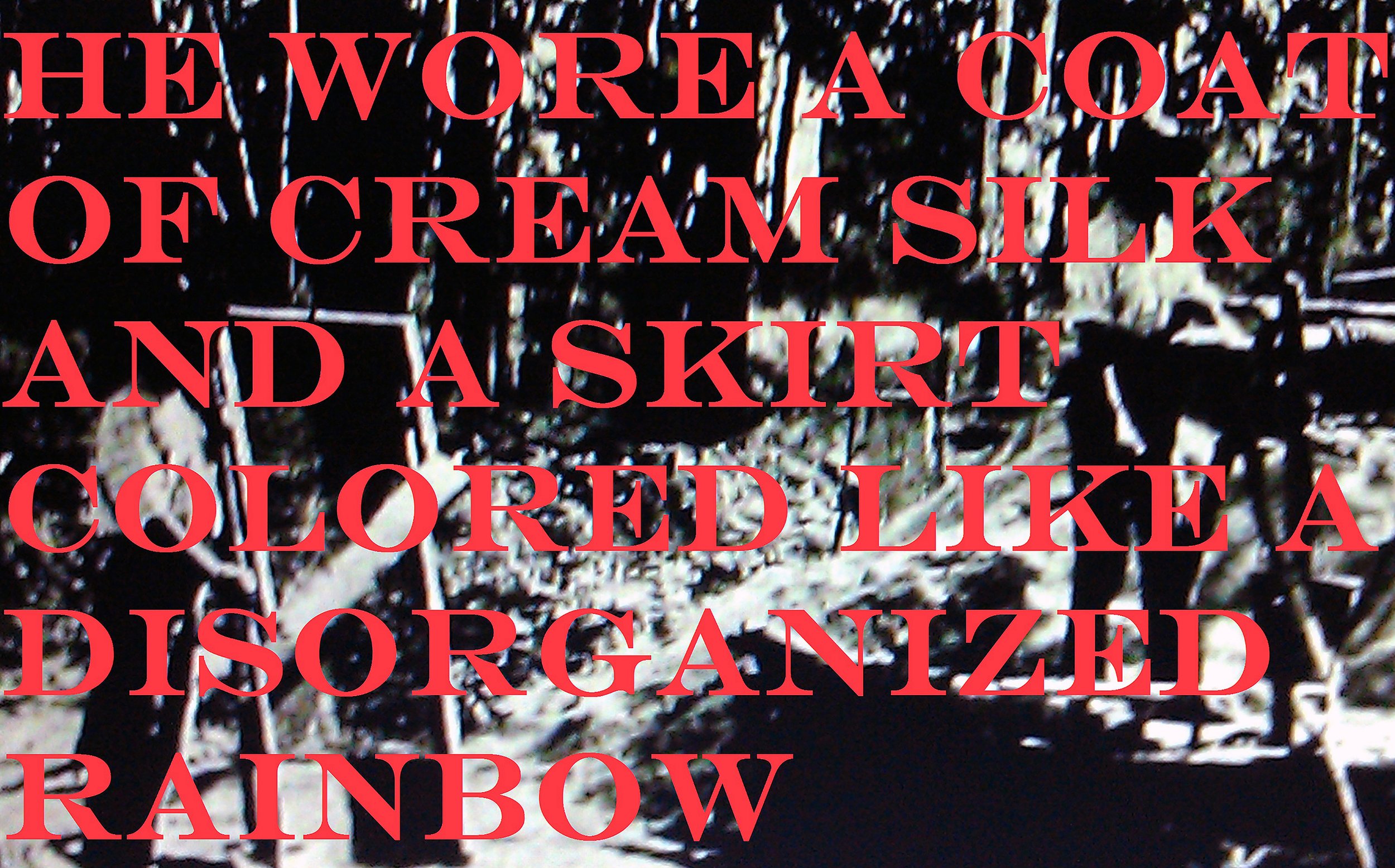

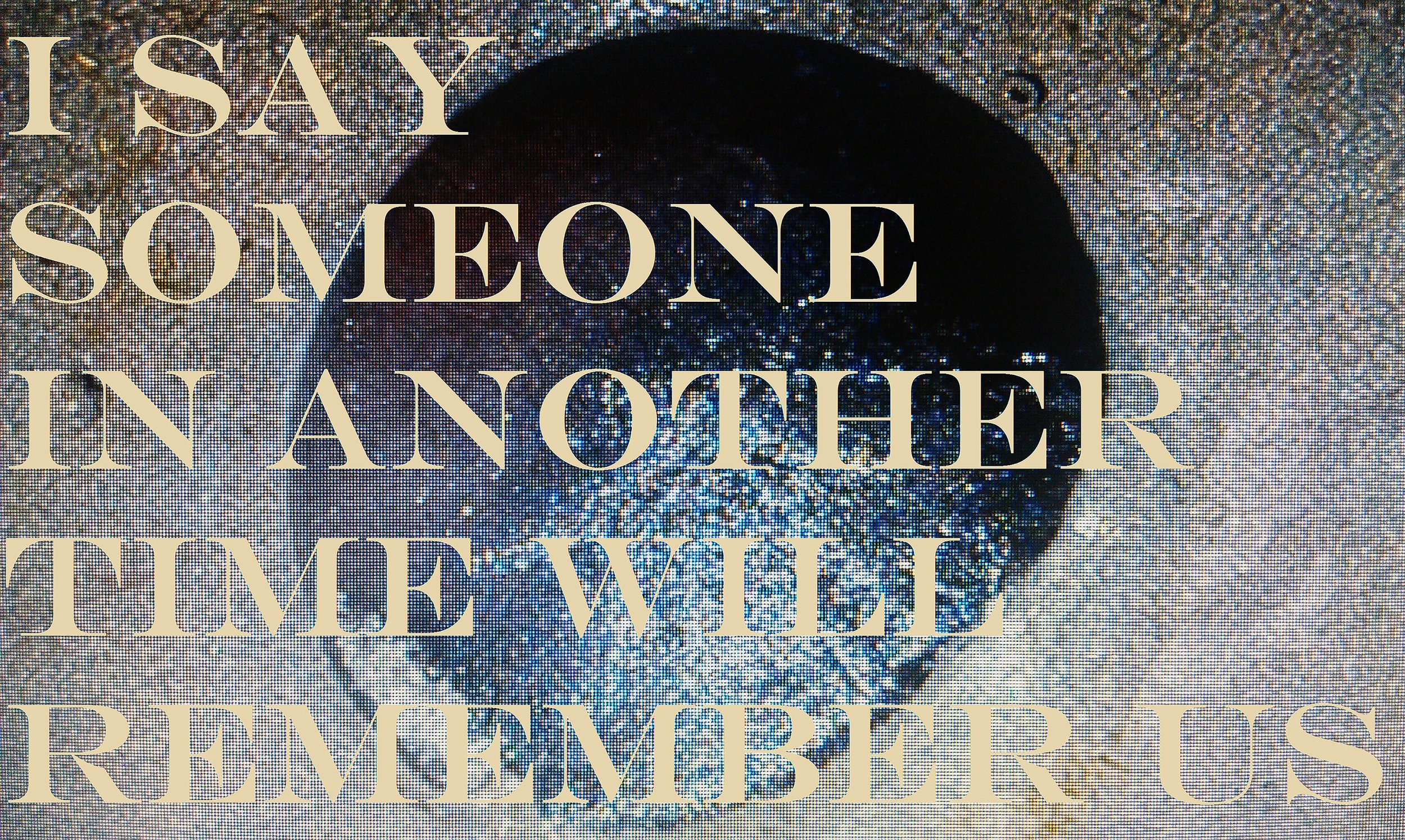
A Note on Pearls Before Swine
While working on Pearls Before Swine, I thought about calling the images “plates” after Rimbaud’s Illuminations, which he called “painted plates,” thus highlighting poetry’s relationship to photography. Verlaine dated the composition of the Illuminations between 1873 and 1875, so Rimbaud’s “painted plates” refer either to painted paper prints or the glass plates of the collodion wet plate process, a tricky sequence of maneuvers in which glass plates are coated with collodion mixture, set in silver nitrate, exposed while still wet (able to take an exposure only while still wet), and immediately developed.
The Illuminations have a precarity, lushness, and luminosity that has always made “painted plates” seem appropriate; moreover, the collodion wet plate process is a fusion of technique and magic, vision and timing, that corresponds to the poet’s own venture of receptivity and skill—for those early photographers, exposure times were stretches of heightened, volatile time, that is, alchemical time or time yielding to poetry and the possibility of transforming and preserving life, ruin and distortion threatening at every turn.
If the images of Pearls Before Swine are plates, it is maybe in their Illuminations-like qualities of precarity, vibrance, and stickiness. They are photographs of photographs overlaid with appropriated and original colored text. I chose to leave them blurry, broken, and grainy because I wanted them to be at once intimate and sublime, trashy and lyrical. In addition to Rimbaud, I had in mind the fanzines of Harmony Korine, Tumblr, Cy Twombly, Jean-Michelle Basquiat, Sherrie Levine, and Luis Gispert, among others.
—Robert Fernandez